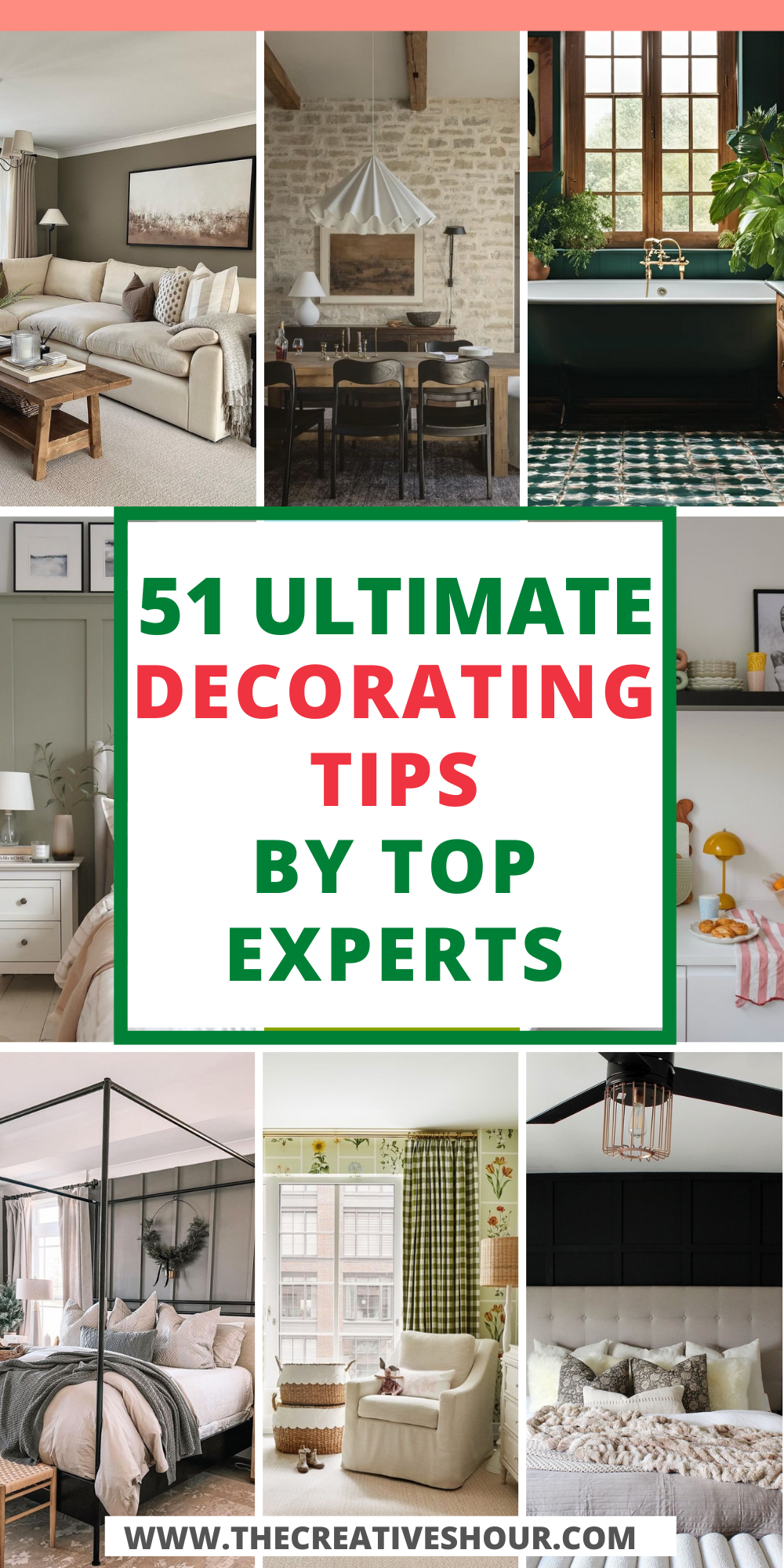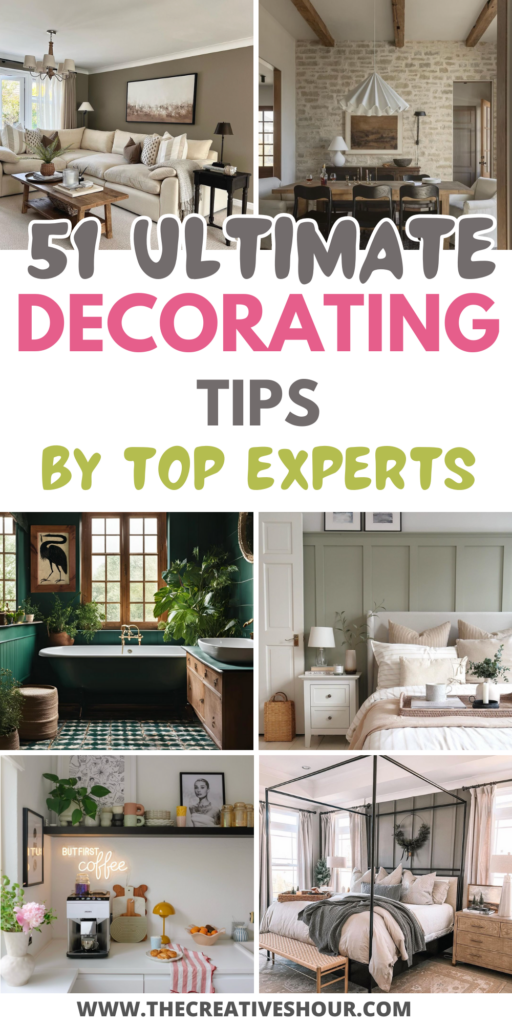
Decorating your home can be both exciting and a little overwhelming, whether you’re just starting out or have been at it for years. The secret to great design often lies in the small details—those little touches that can completely transform a room. From working with natural light to mixing textures, there’s always something new to learn that can make your space feel more personal and stylish.
In this article, we’ve put together 51 simple yet powerful decorating tips, with advice from top designers like Joanna Gaines and Emily Henderson.
Let’s get started!
1. Start with a Mood Board
“Creating a mood board is essential. It helps you visualize how textures, colors, and patterns will interact.” — Amber Lewis
- Tip: Don’t just limit your mood board to digital tools. Pin real fabric samples, paint colors swatches, or magazine cut-outs on a physical board. Sometimes, the tangible aspects help you better imagine your future space.
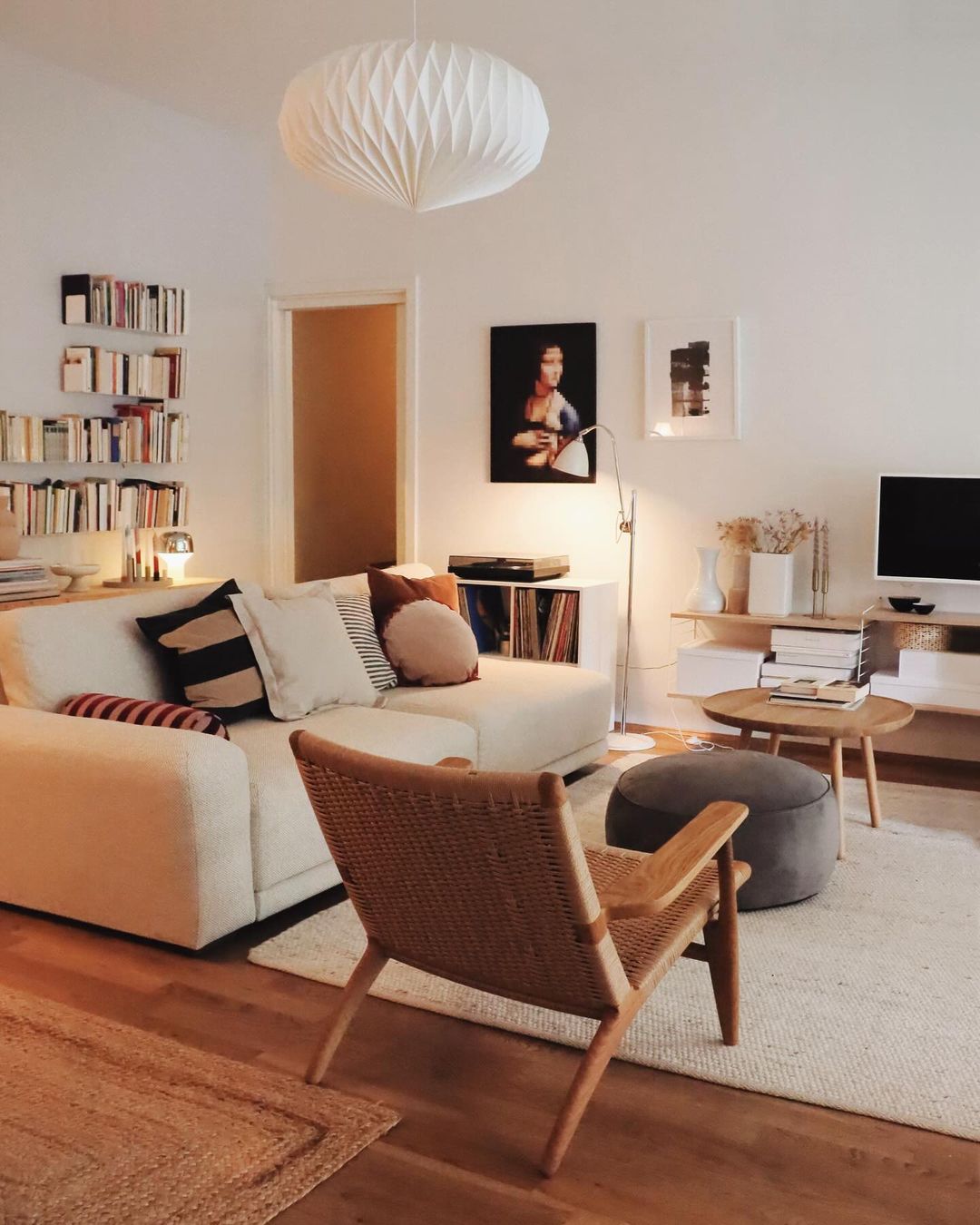 Image by imma_galiana
Image by imma_galiana
2. Play with Natural Light
“Always consider how natural light interacts with your space. It brings out the true colors and changes the atmosphere.” — Emily Henderson
- Home Decorating Tips: Notice where sunlight hits your room during different times of the day. Adjust curtains, furniture, and large mirror to maximize the light or add cozy layers for evenings when natural light fades.
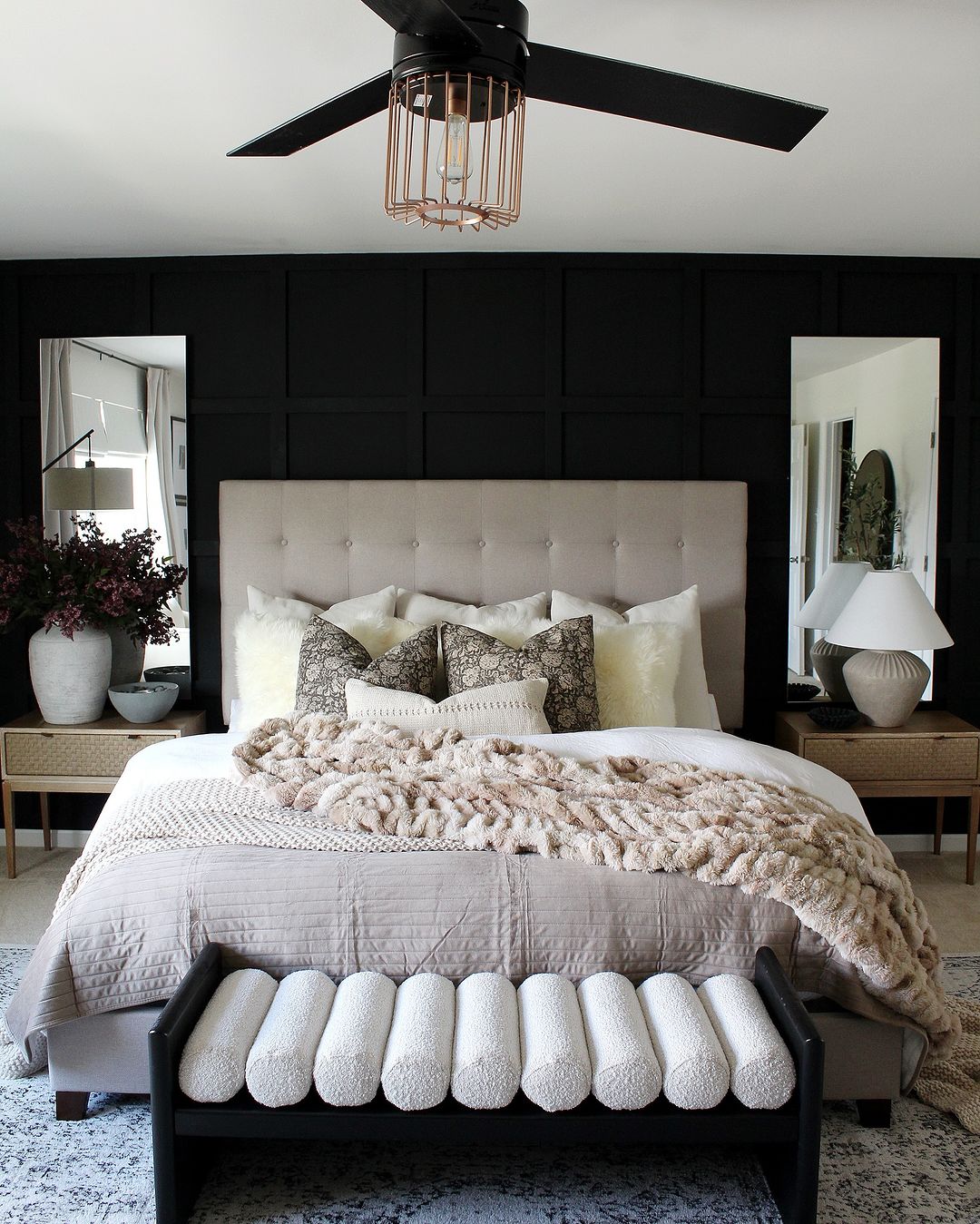 Image by myhousefromscratch
Image by myhousefromscratch
3. Mix Textures
“A room without texture falls flat. Layer different materials to create depth and warmth.” — Justina Blakeney
- Tip: Play with contrasts—velvet next to wood, linen against leather. Adding just one tactile element, like a woven basket or chunky knit throw, can elevate a room instantly.
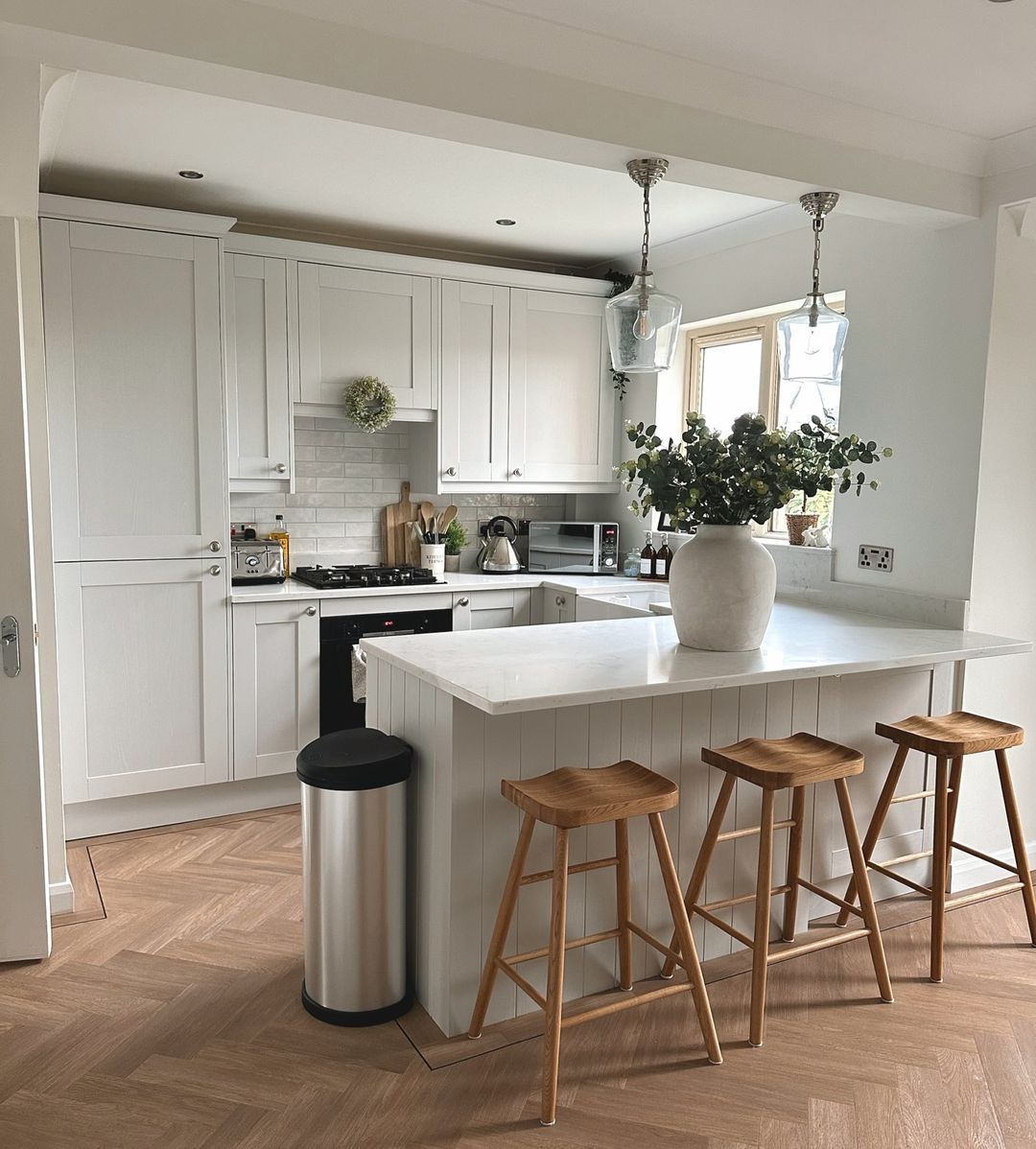 Image by ferns_home
Image by ferns_home
4. Use Mirrors to Expand Space
“Mirrors are like windows in spaces that lack them. They expand rooms and reflect light beautifully.” — Joanna Gaines
- Tip: Place mirrors strategically across from windows or light sources to double the light and create the illusion of a bigger space. Avoid hanging mirrors where they reflect cluttered areas.
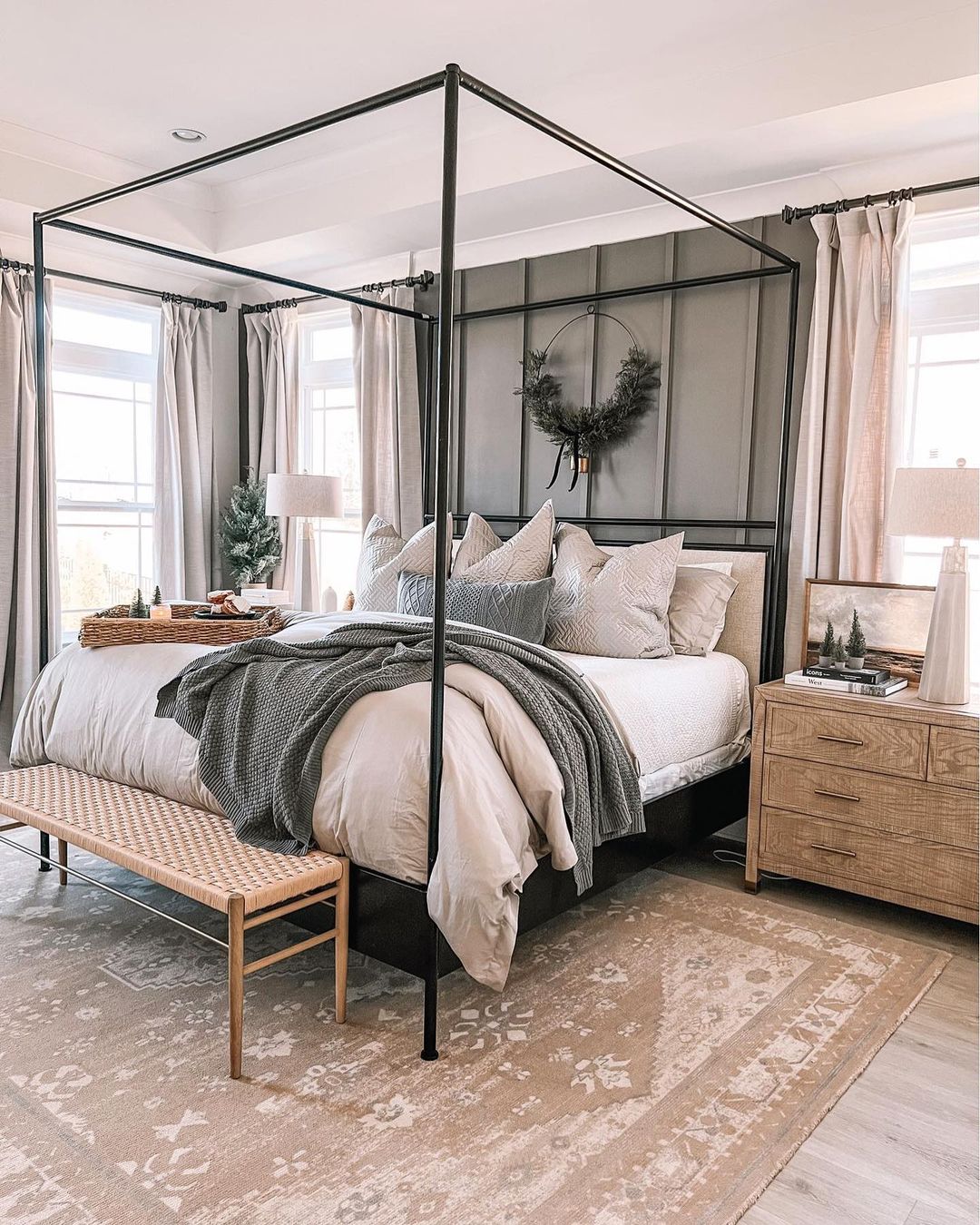 Image by urbanfarmhouselifestyle
Image by urbanfarmhouselifestyle
5. Prioritize Functionality
“Design is as much about functionality as it is about beauty. Every piece should serve a purpose.” — Kelly Wearstler
- Tip: Before buying a beautiful piece of furniture, ask yourself, “How will I use this?” Dual-purpose items like storage ottomans or foldable tables are lifesavers in smaller spaces.
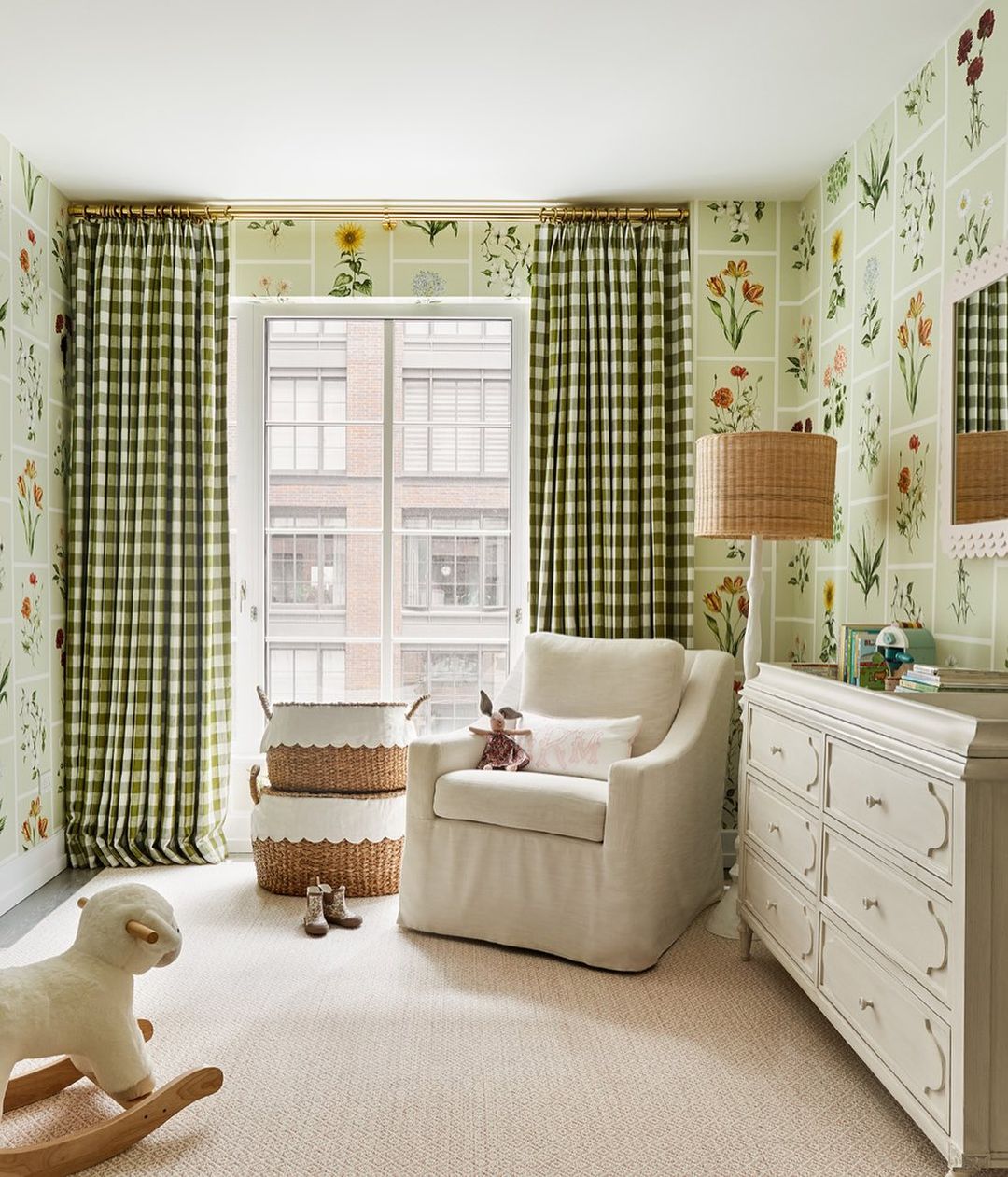 Image by jenniferbeekhunter
Image by jenniferbeekhunter
Read – 26 Stylish And Functional Living Room Poufs You Will love
6. Choose a Hero Piece
“Anchor your room around one standout piece—whether it’s a bold sofa or a striking piece of art.” — Nate Berkus
- Tip: Identify your room’s ‘wow’ factor—whether it’s a dramatic chandelier, an oversized painting, or a statement armchair. Let it shine by keeping the surrounding elements simple.
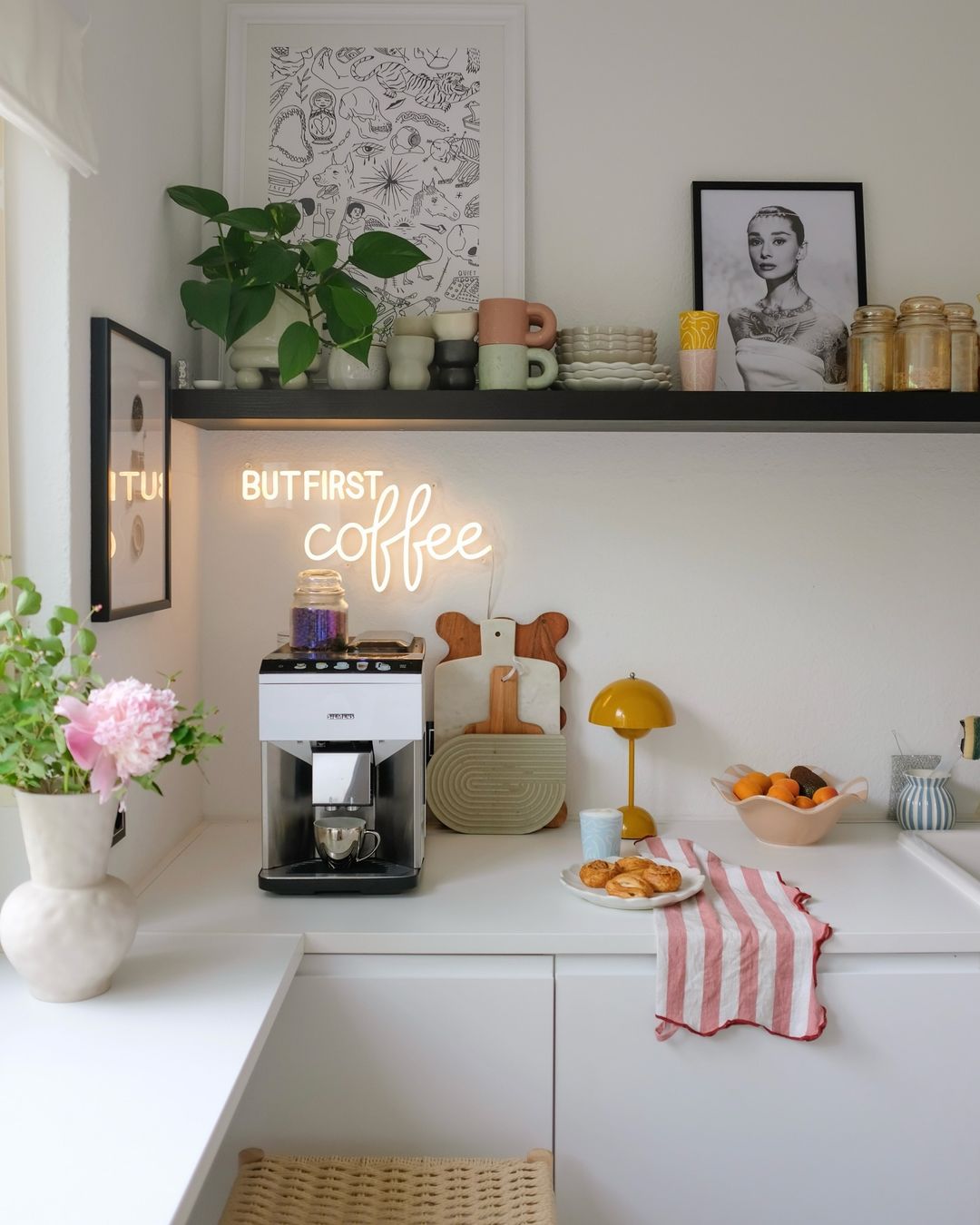 Image by ankesummer
Image by ankesummer
7. Experiment with Bold Colors
“Don’t be afraid of color. Bold hues add life and personality to any room.” — Jonathan Adler
- Tip: Try bold color scheme on small, easy-to-change pieces like pillows, throws, or accent chairs. If you love it, go bigger with a statement wall or vibrant rug. Start small if you’re hesitant.
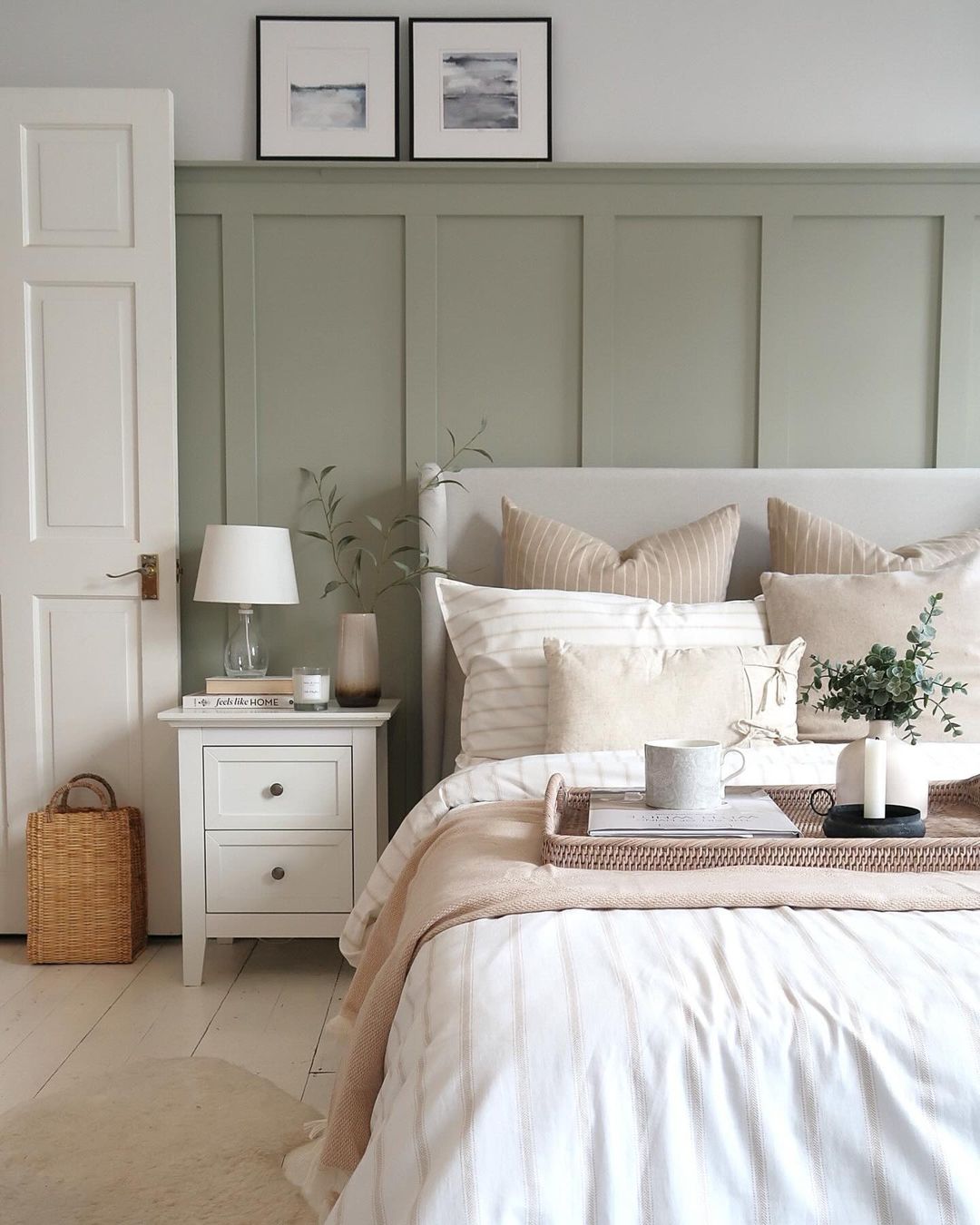 Image by sammiesvictorianhome
Image by sammiesvictorianhome
8. Curate Personal Items
“Your home should tell your story. Incorporate personal items that spark joy and memories.” — Amber Lewis
- Tip: Display travel souvenirs, heirlooms, or favorite books—things that make you smile when you see them. Personal items turn your home into a reflection of who you are.
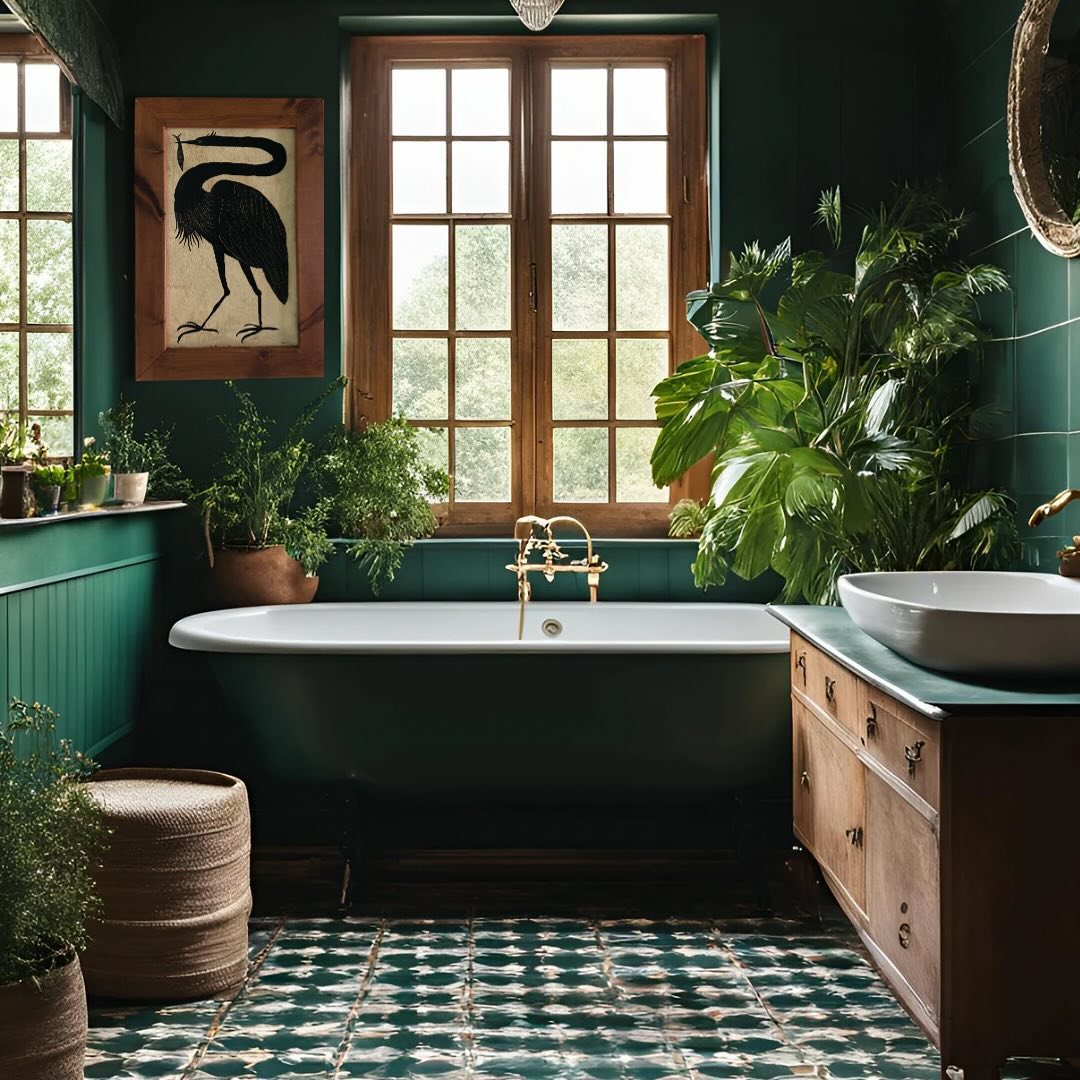 Image by tabby.booth.artist
Image by tabby.booth.artist
9. Invest in Timeless Furniture
“Trends come and go, but timeless furniture will always look chic. Invest in pieces that will last.” — Joanna Gaines
- Tip: Choose classic shapes in neutral colors for big-ticket items like sofas or dining tables. These are the pieces you’ll want to love for years, so durability is key.
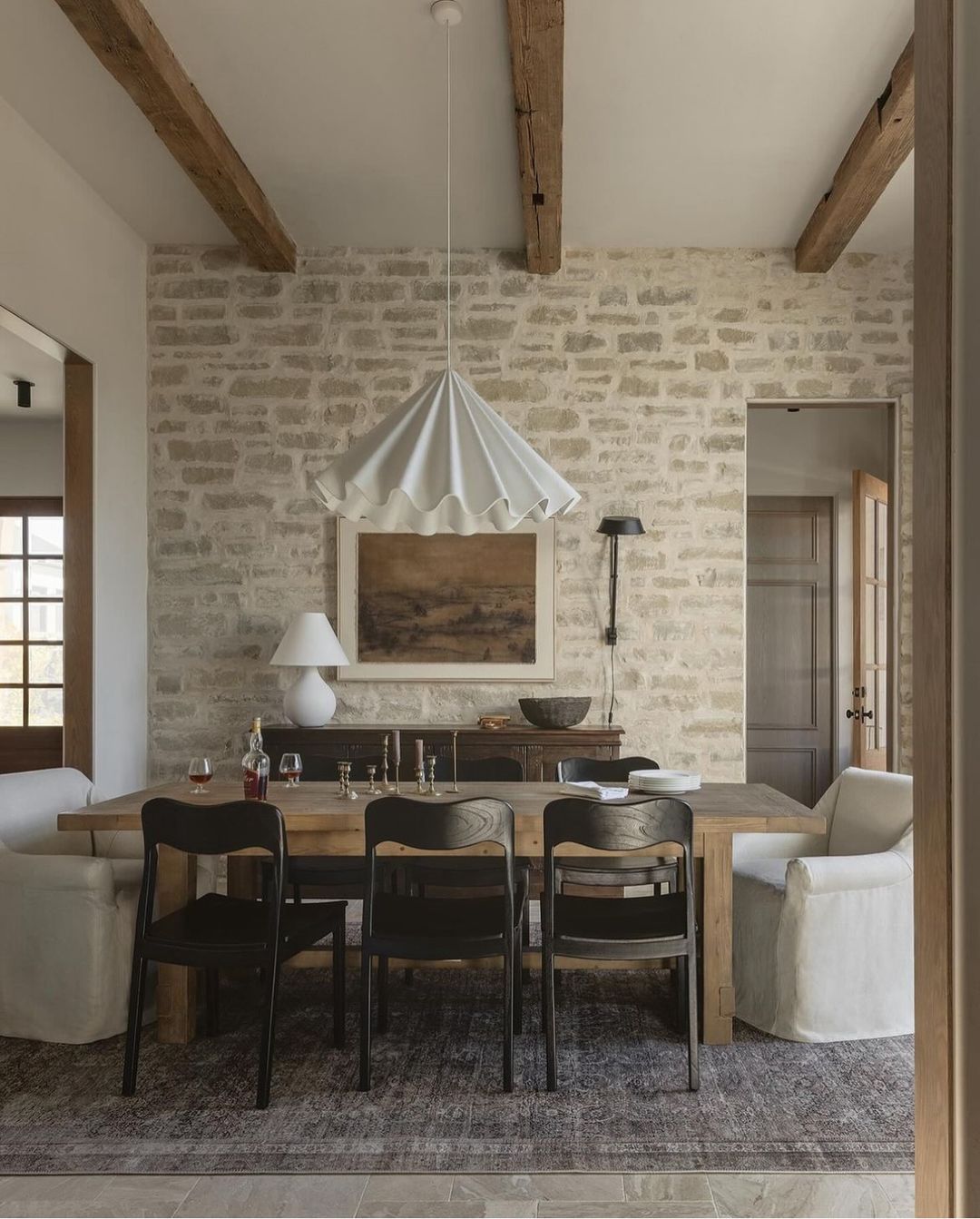 Image by decofromablondie
Image by decofromablondie
10. Don’t Forget the Ceiling
“The ceiling is the fifth wall. Give it some love with a coat of paint or interesting wallpaper.” — Emily Henderson
- Tip: Painting your ceilings white or any soft color or adding a bold wallpaper pattern can change the vibe of your room completely. For smaller spaces, a lighter ceiling color can make the room feel taller.
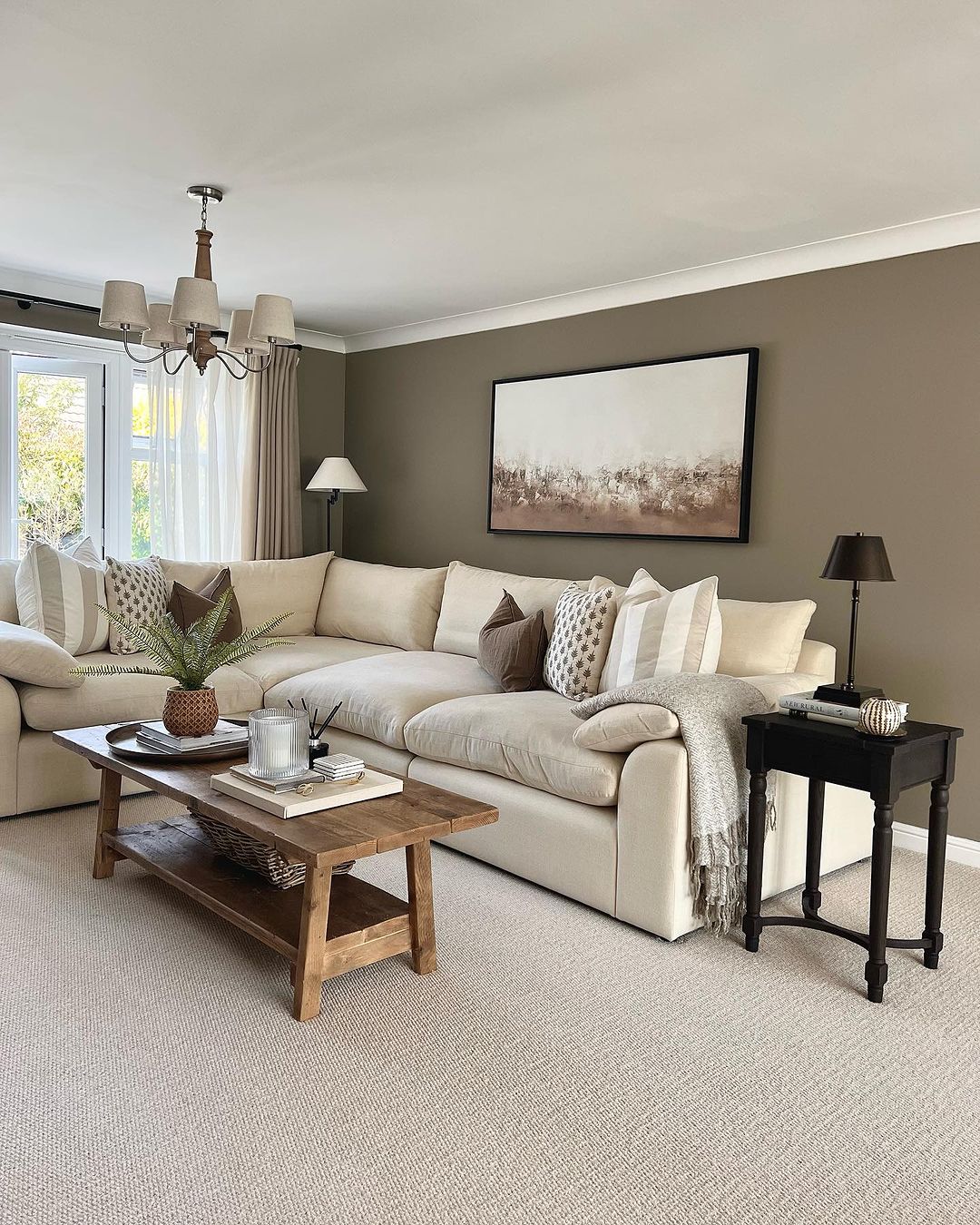 Image by _homeofvictoria
Image by _homeofvictoria
Read – 32 Beautiful Low Ceiling Small Kitchen Island Lighting Ideas
11. Embrace Asymmetry
“Symmetry isn’t always necessary. Asymmetry can add a dynamic, lived-in look.” — Kelly Wearstler
- Tip: Play with asymmetry in how you arrange your decor. A single large piece of artwork on one side of a mantel, balanced by smaller items on the other, creates visual interest without feeling too perfect.
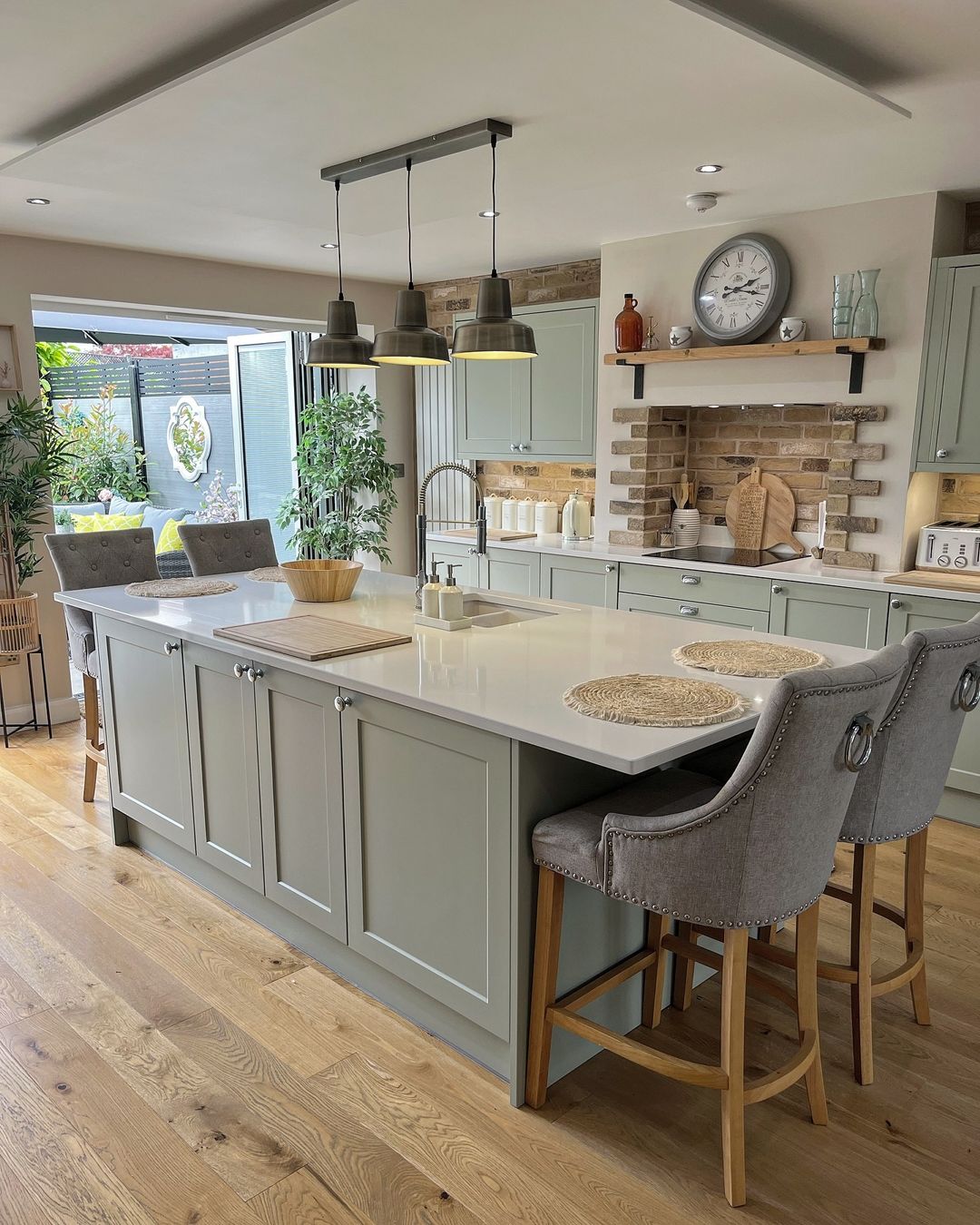 Image by home_sweet_morris_home
Image by home_sweet_morris_home
12. Use Rugs to Define Spaces
“Rugs anchor your furniture and define spaces, especially in open-plan areas.” — Justina Blakeney
- Tip: A rug should fit under at least the front legs of your furniture, pulling the room together. In open spaces, use rugs to create distinct zones, such as separating a dining area from a living space.
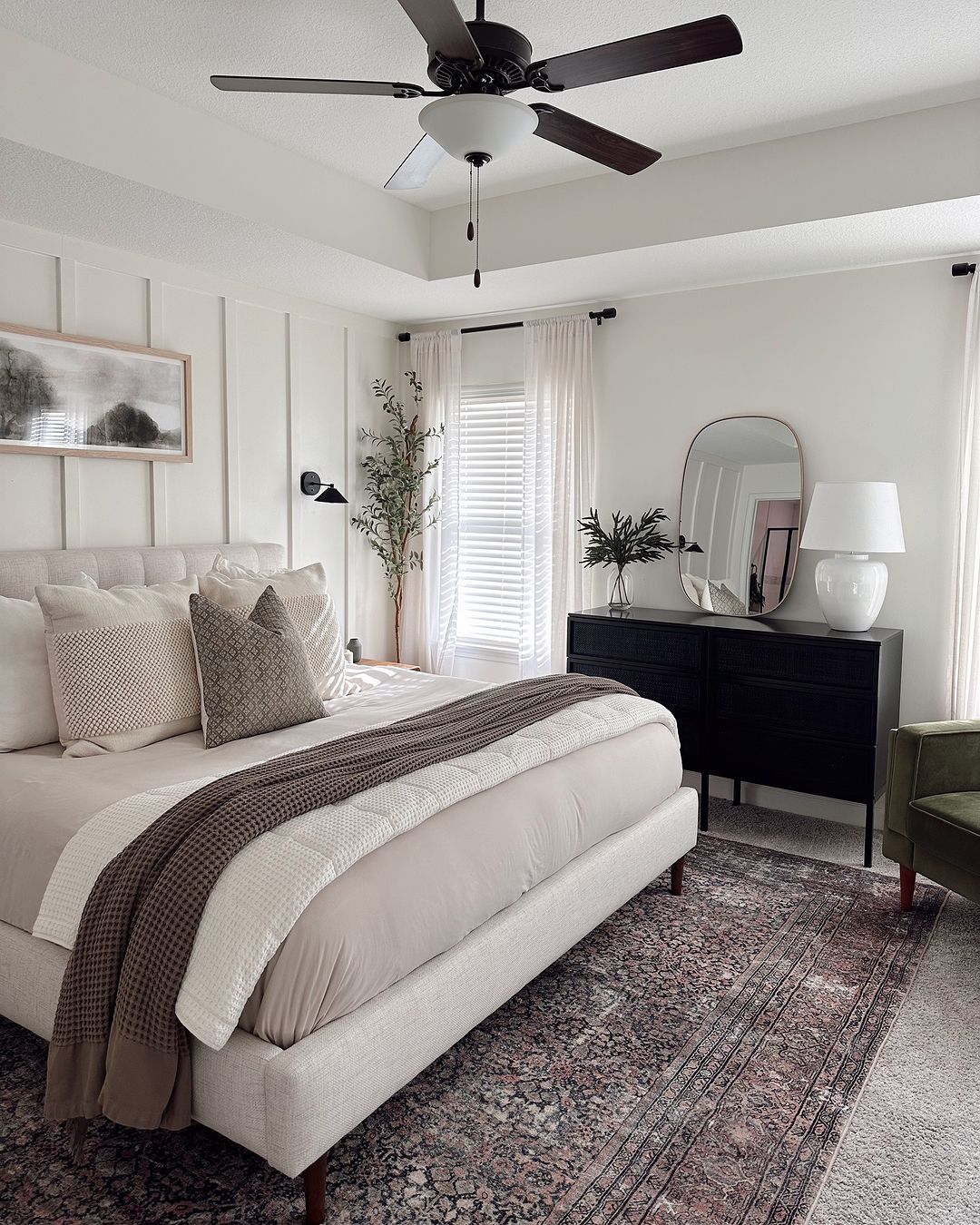 Image by woodfinshome
Image by woodfinshome
13. Mix High and Low
“Combining high-end and budget-friendly items gives your space an eclectic, personal feel.” — Amber Lewis
- Tip: Don’t blow your budget on every item. Invest in long-lasting pieces like your couch or dining table, and have fun with budget-friendly accessories like vases or cushions that can easily be swapped out.
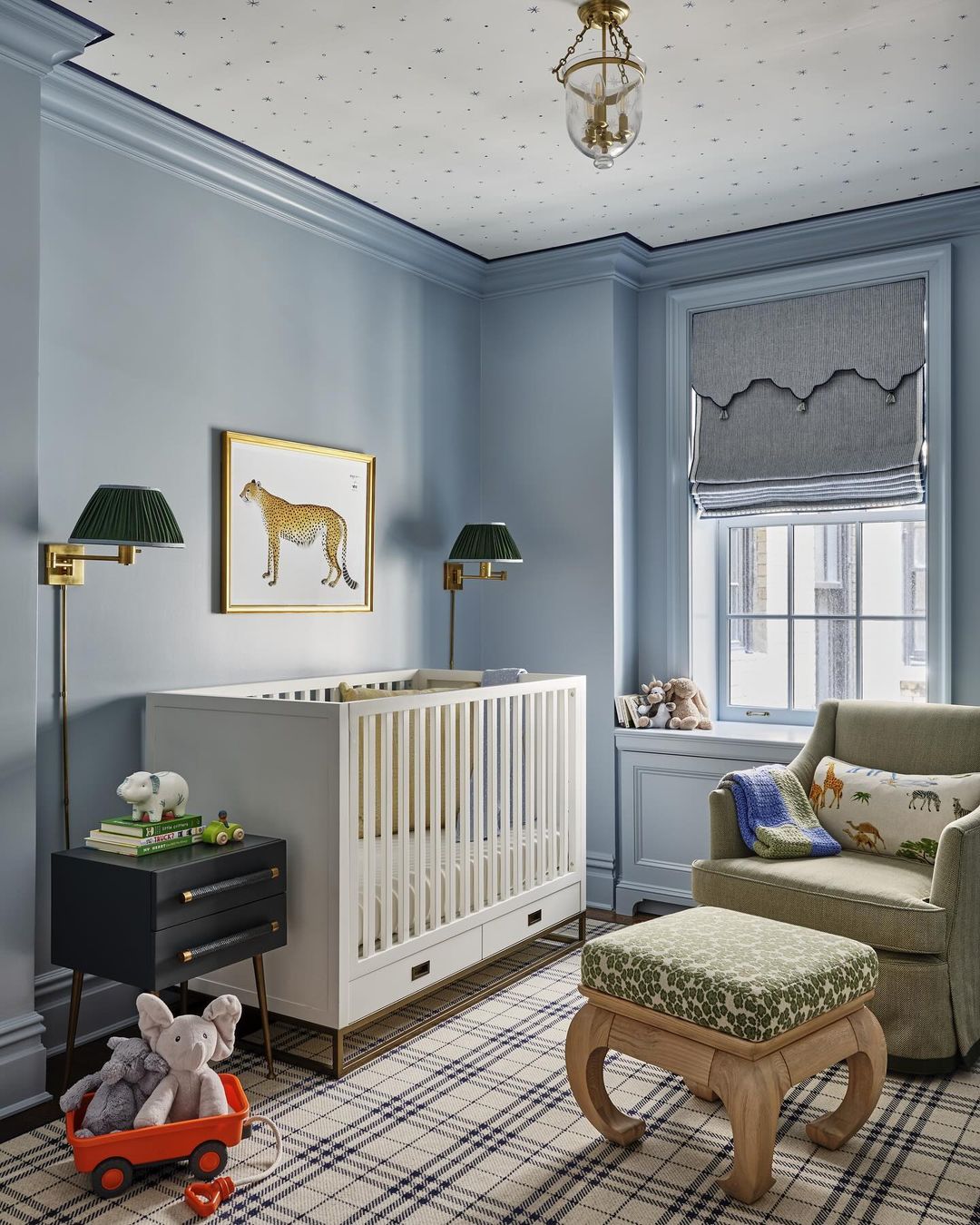 Image by brasshilldesign
Image by brasshilldesign
14. Choose the Right Scale
“The scale of furniture and decor should complement the room. Oversized or too-small pieces can throw off the balance.” — Nate Berkus
- Tip: Scale matters. Measure your room and furniture before making a purchase. A tiny coffee table can feel lost in a large living room, while a too-big sectional can overwhelm a smaller space.
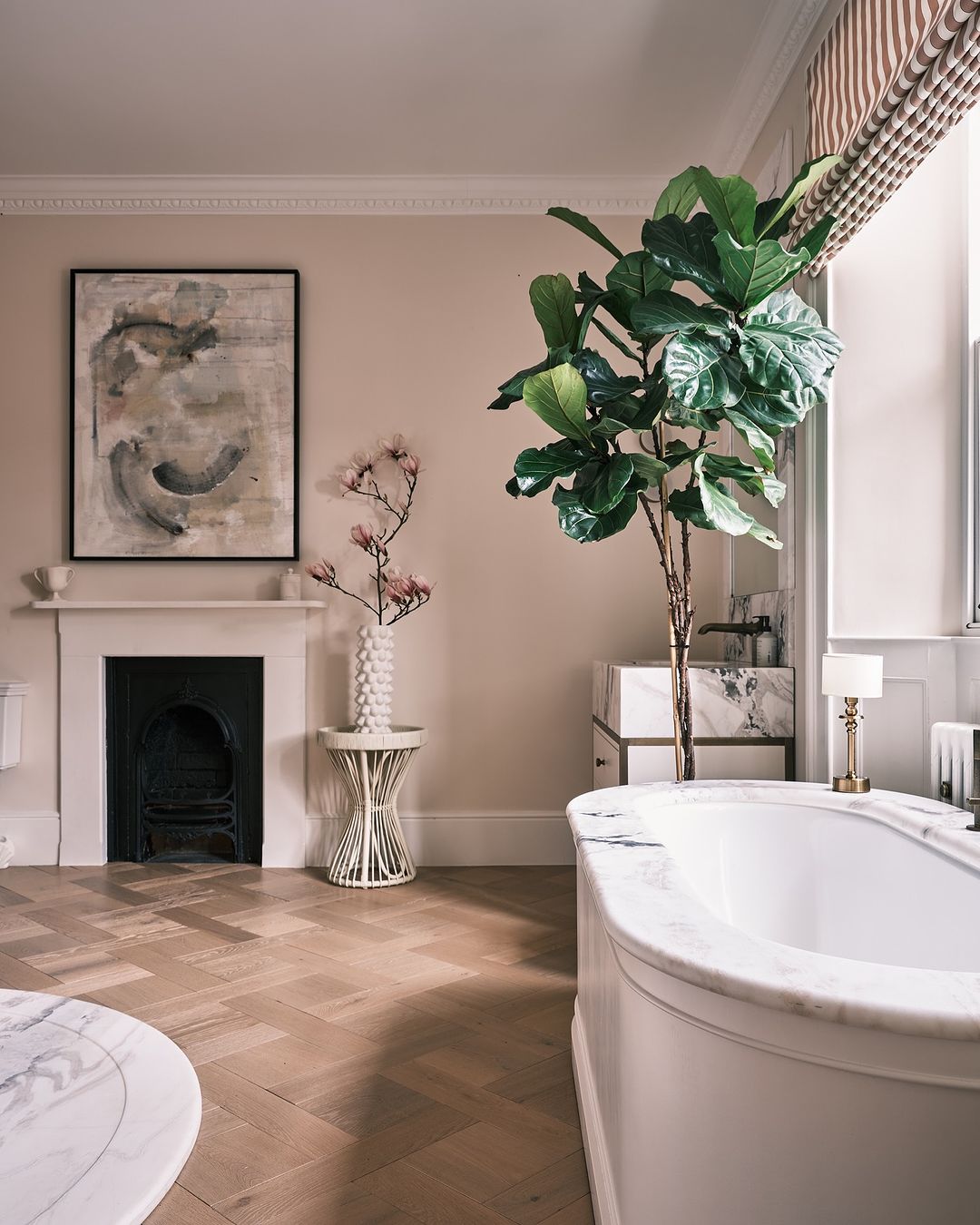 Image by laurabutlermadden
Image by laurabutlermadden
15. Layer Your Lighting
“Good lighting design has layers. Incorporate ambient, task, and accent lighting.” — Emily Henderson
- Tip: Layered lighting makes a space functional and warm. Use overhead lights for overall illumination, table lamps for task lighting, and accent lights like wall sconces to highlight special areas.
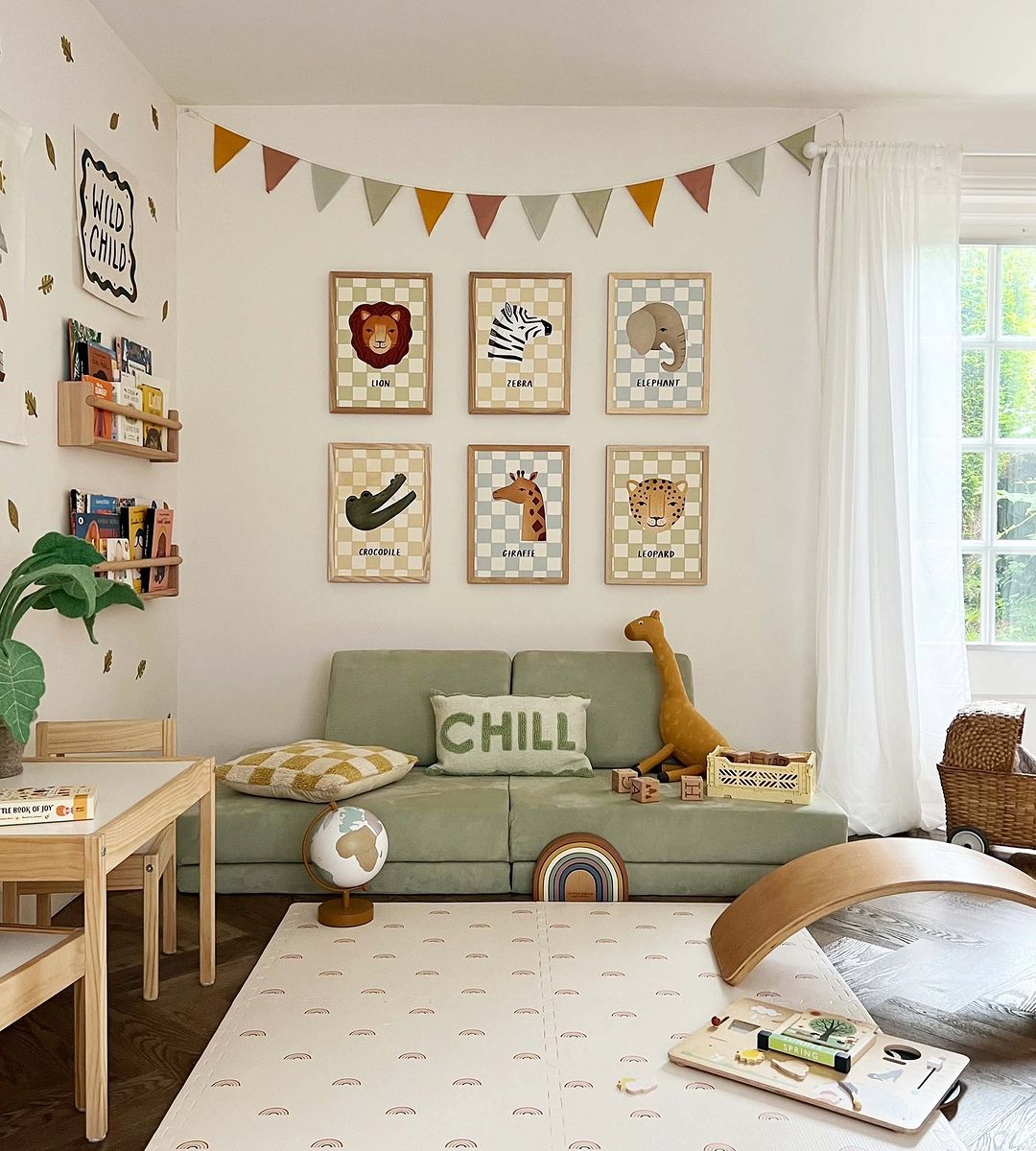 Image by kidofthevillage
Image by kidofthevillage
Read – 18 Outstanding And Whimsical Bedroom Ideas You Will Love
16. Create a Focal Point
“Every room needs a focal point—whether it’s a fireplace, a piece of art, or a striking piece of furniture.” — Joanna Gaines
- Tip: If your room doesn’t have a built-in focal point like a fireplace, create one. A large piece of artwork or an eye-catching piece of furniture can draw attention and ground the room.
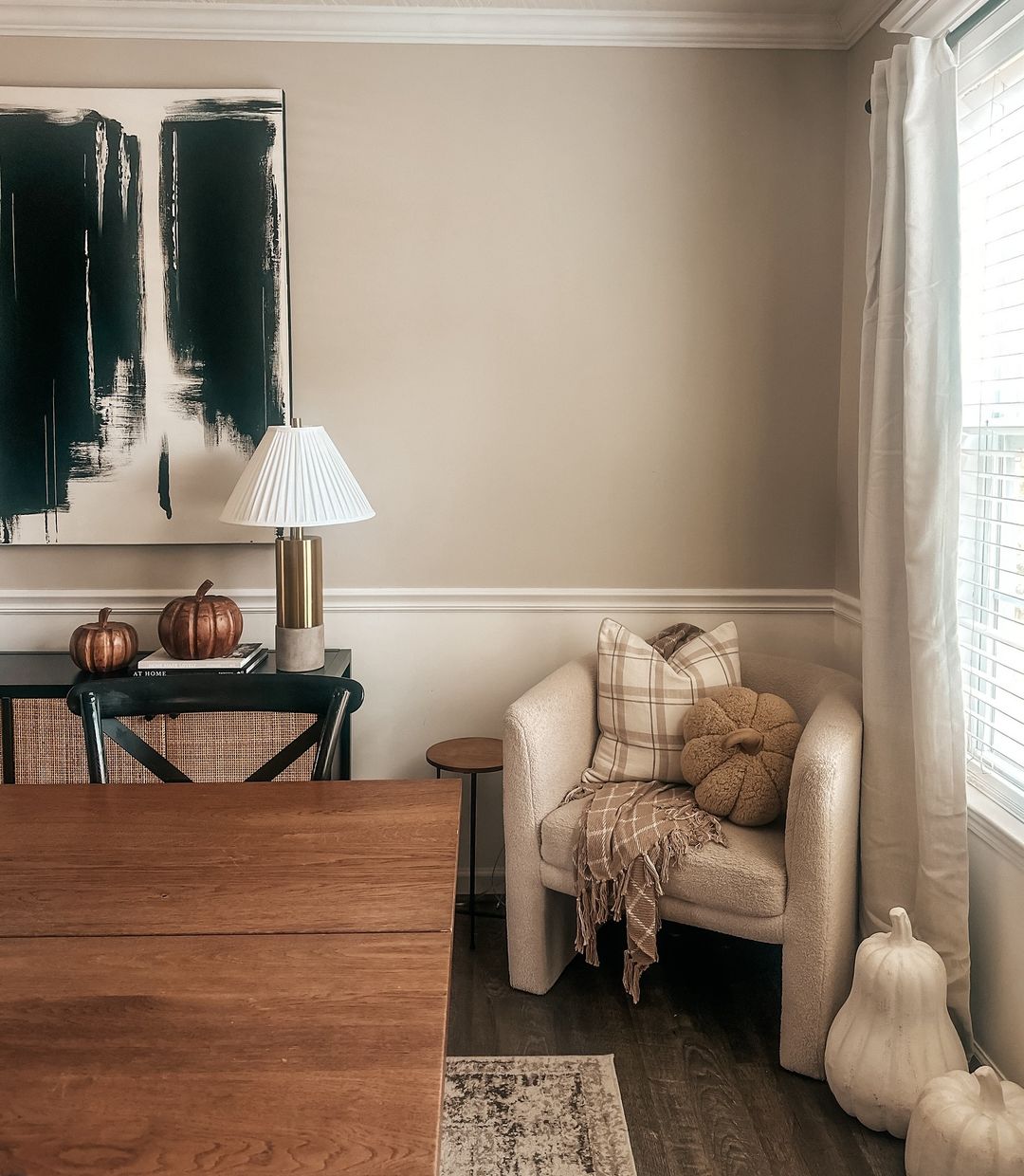 Image by anniexruiz_
Image by anniexruiz_
17. Don’t Overlook Entryways
“The entryway is the first impression. Keep it organized and stylish to set the tone.” — Amber Lewis
- Tip: Add a small console table, a mirror, or some hooks for coats. A stylish entryway signals that you’ve thought through every detail, no matter how small the space.
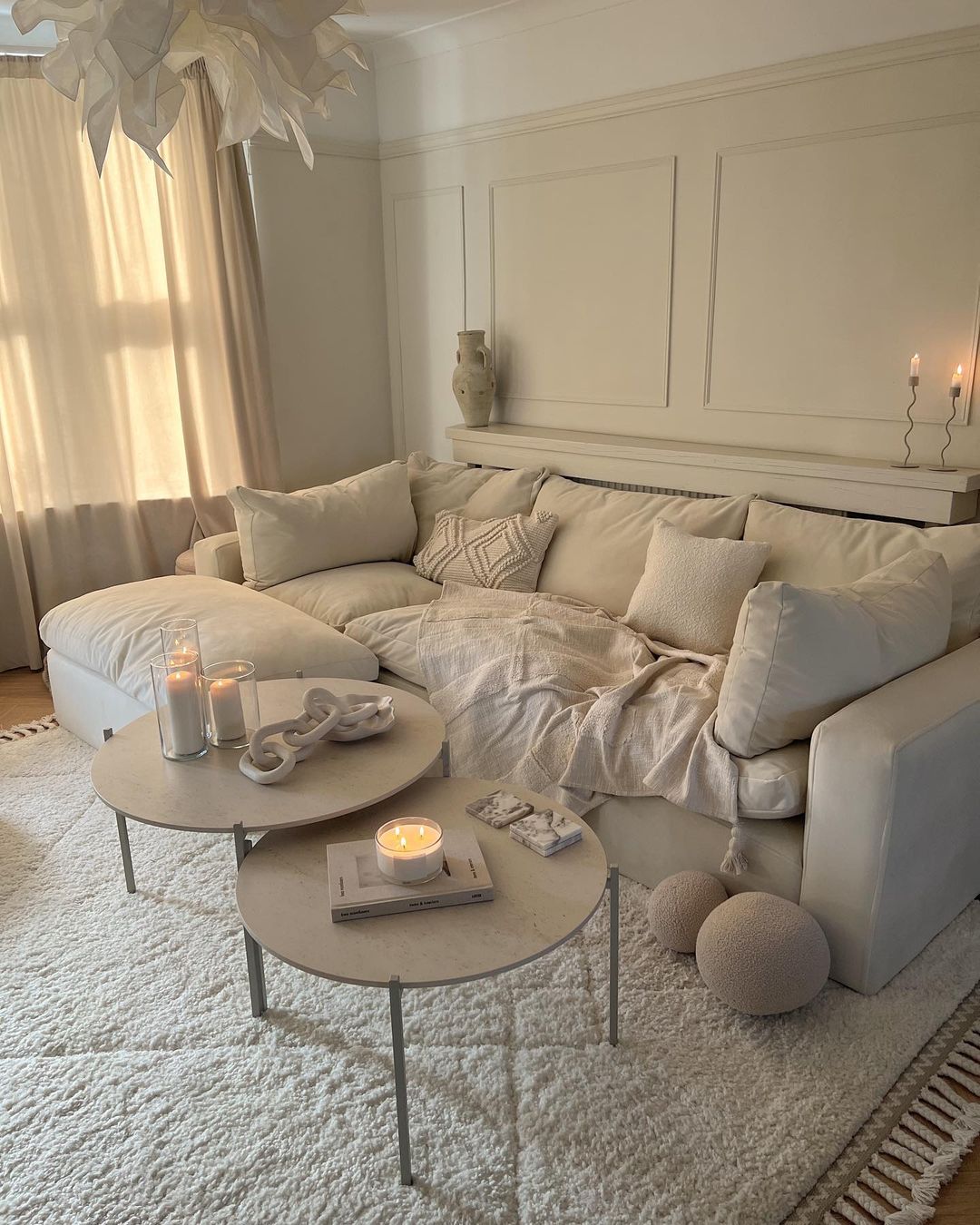 Image by thelopezhome
Image by thelopezhome
18. Maximize Small Spaces
“Use vertical space in small rooms. Shelves, tall furniture, and mirrors help maximize the area.” — Justina Blakeney
- Tip: Wall-mounted shelves, tall bookcases, or a vertical gallery wall can add storage or style without eating up floor space. In small rooms, go vertical!
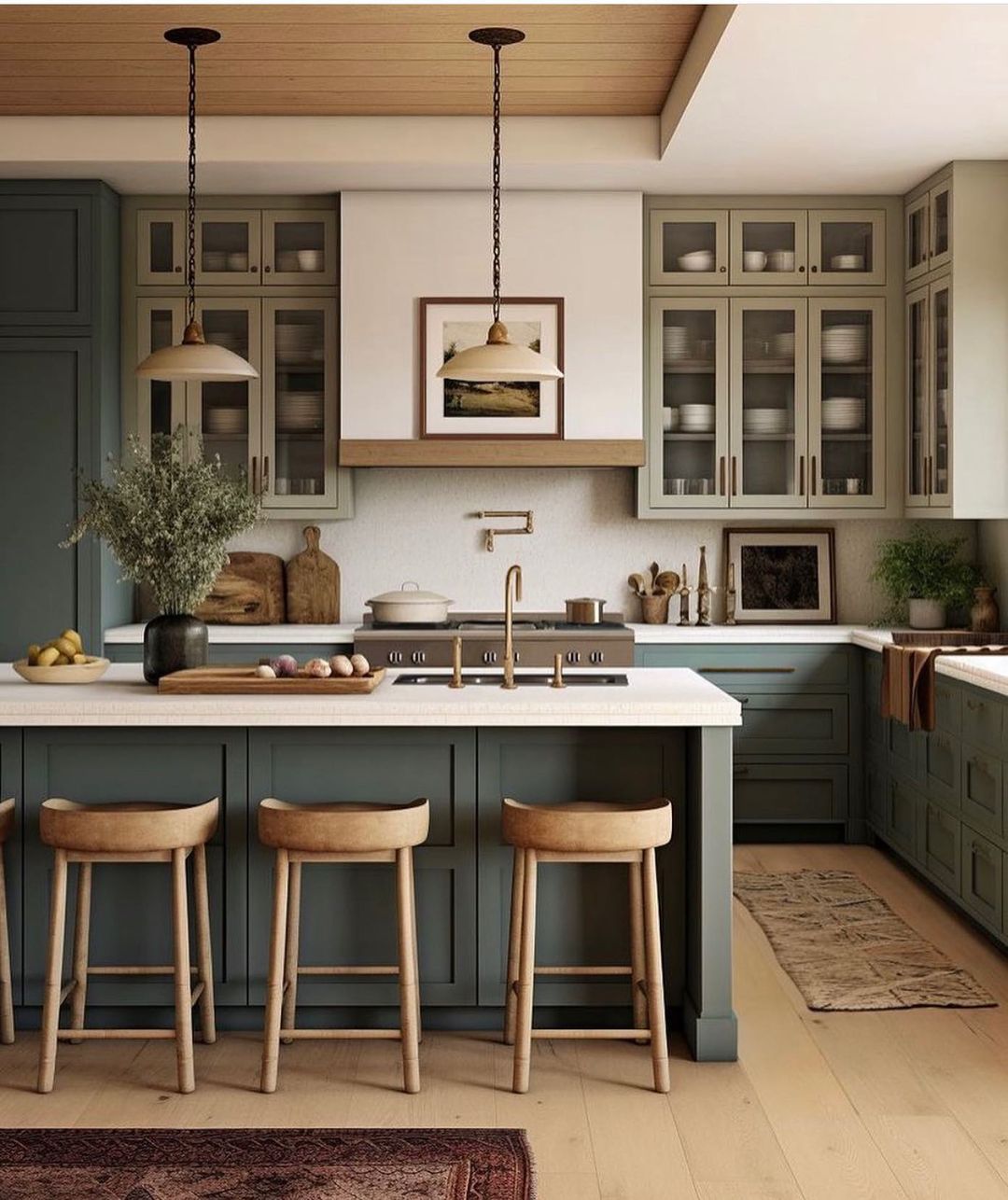 Image by novelinteriors
Image by novelinteriors
19. Personalize with Art
“Art adds personality. Don’t be afraid to display pieces that resonate with you.” — Nate Berkus
- Tip: Jumping off point, Choose own art that speaks to you, whether it’s abstract, landscape, or portrait. Art doesn’t have to match the room—it just needs to evoke a feeling.
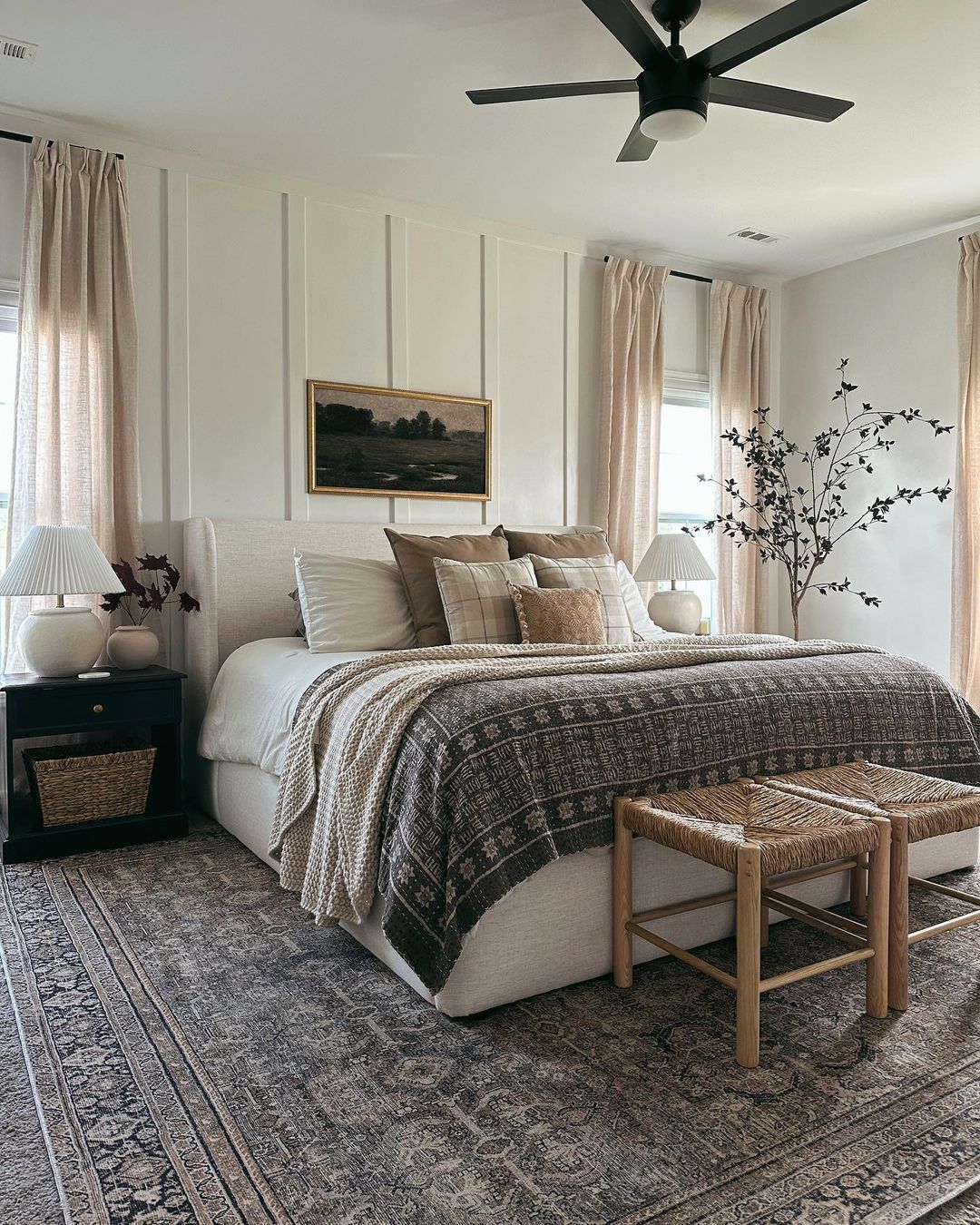 Image by livingwithnic
Image by livingwithnic
20. Keep It Comfortable
“Comfort should never be compromised. Your home should be as cozy as it is stylish.” — Jonathan Adler
- Tip: Comfort comes first! Opt for plush cushions, soft throw pillows, and cozy rugs that invite you to relax and enjoy the space. Form and function should always meet.
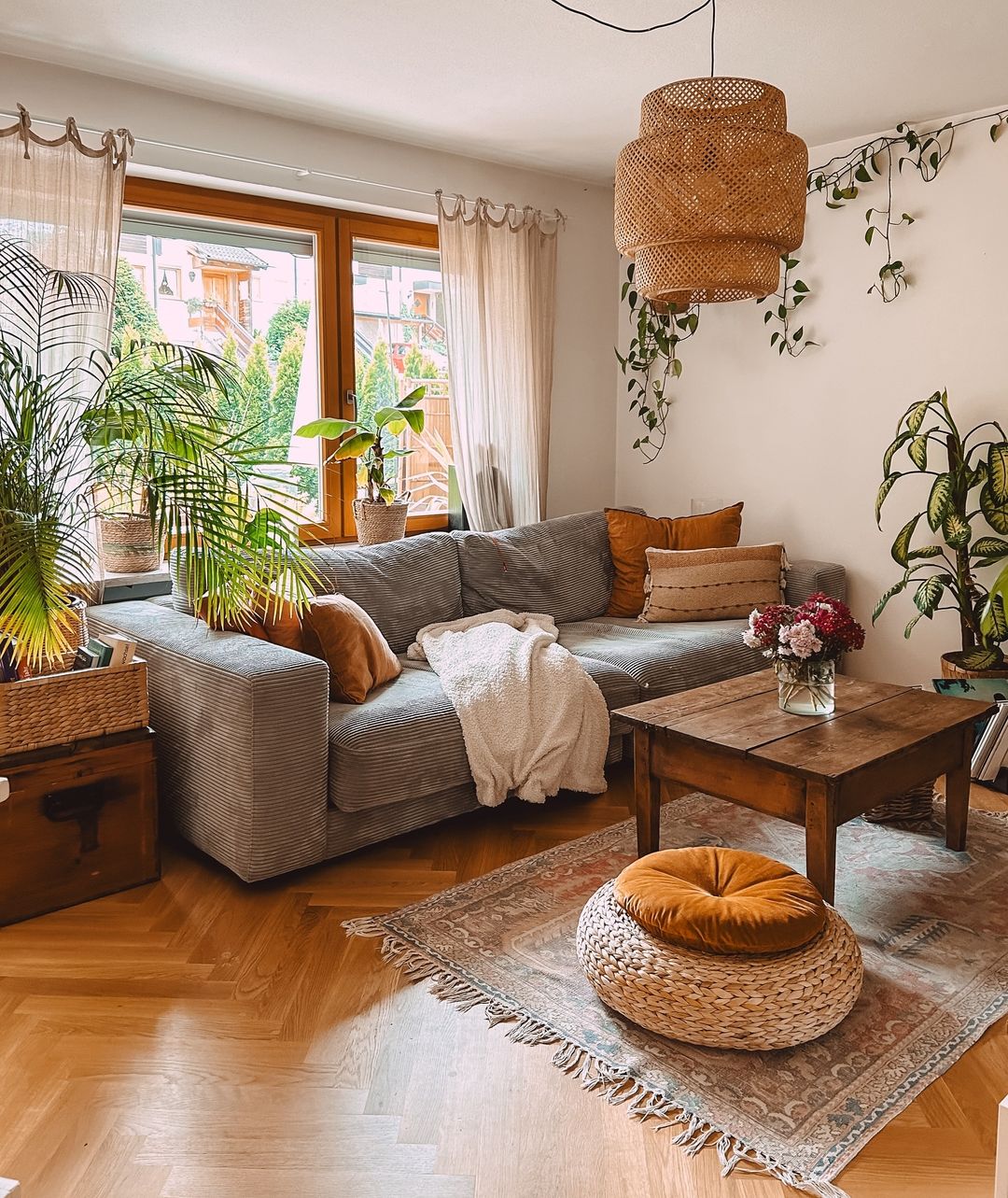 Image by lottaaliving
Image by lottaaliving
Read – 18 Beautiful And Whimsical Living Room Ideas You Should See
21. Go Green with Houseplants
“Plants bring life into your home. Even a small plant can make a big impact.” — Justina Blakeney
- Tip: Don’t worry about a green thumb—there are plenty of low-maintenance plants like succulents and snake plants. Add plants to shelves, desks, or corners for a fresh touch of nature.
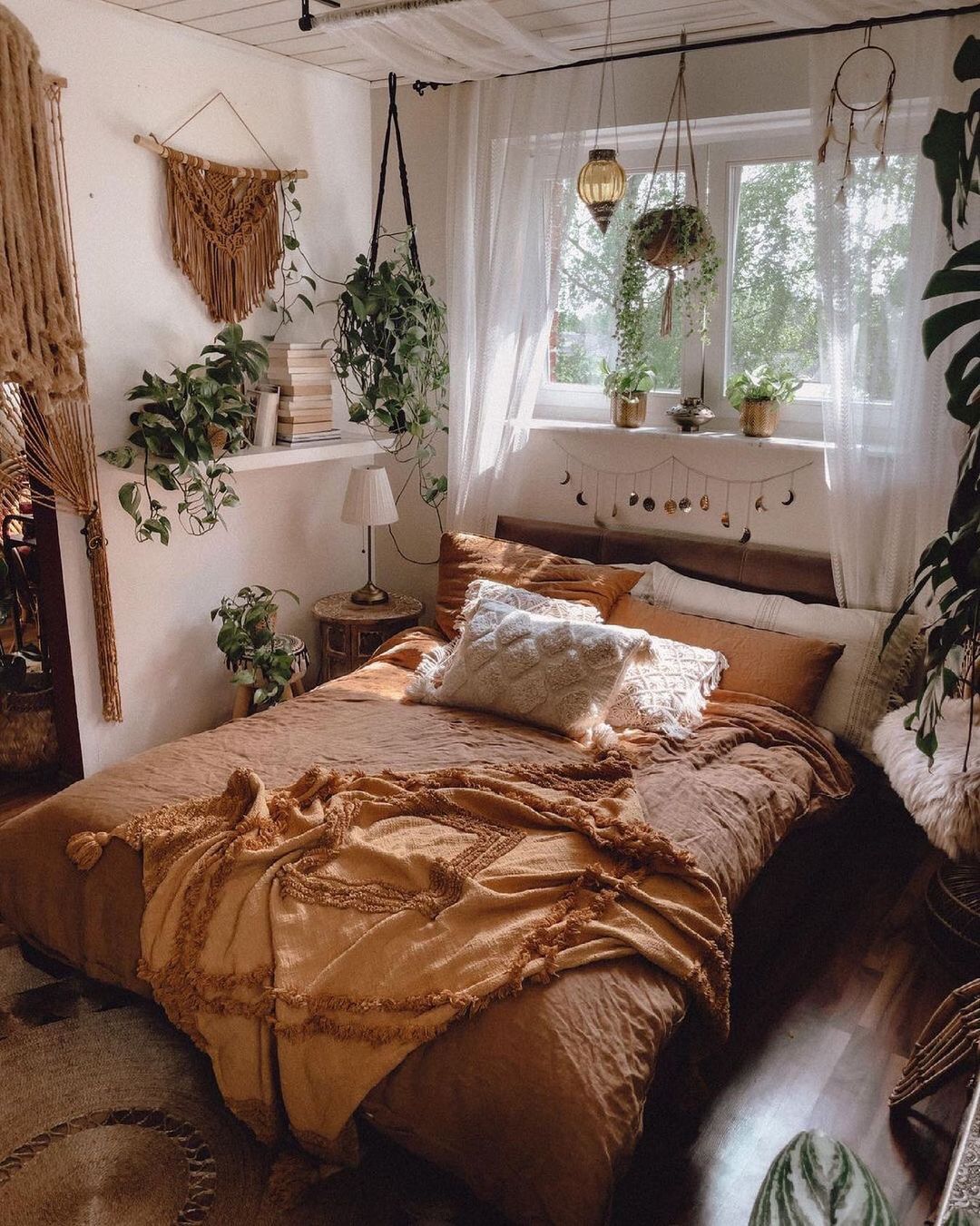 Image by bohemiandecor
Image by bohemiandecor
Read – 22 Chic And Elegant Bedroom Chair Ideas You Will Love
22. Utilize Open Shelving
“Open shelves display your personality. Style them with a mix of practical and decorative items.” — Emily Henderson
- Tip: Use open shelving as a chance to showcase your style, but avoid clutter. Pair practical items with decorative accents like small sculptures, plants, or framed photos.
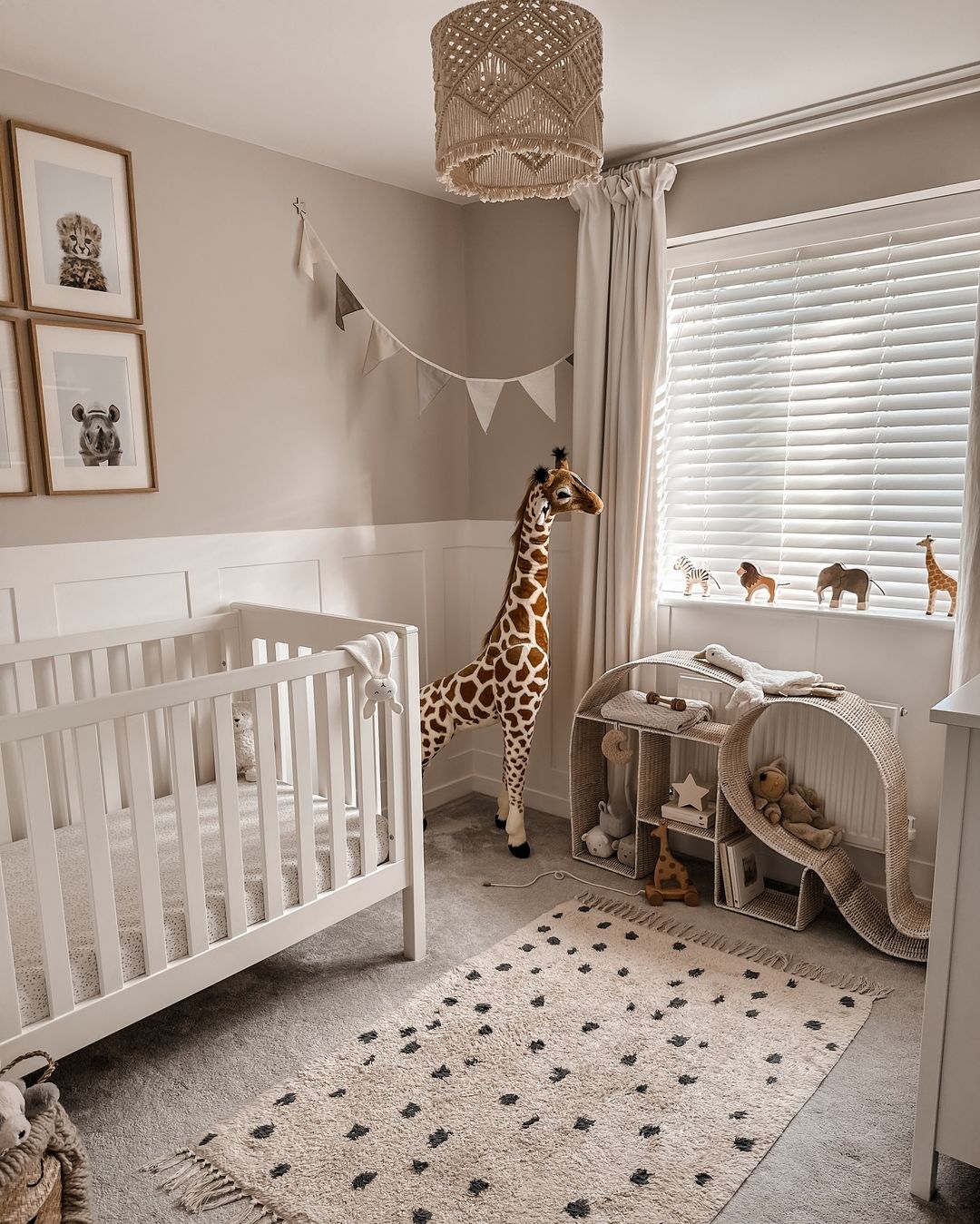 Image by sophieellaandme
Image by sophieellaandme
23. Play with Patterns
“Mixing patterns can elevate a room, but stay within the same color family for cohesion.” — Kelly Wearstler
- Tip: Start with one large-scale pattern, like a rug or wallpaper, and mix in smaller patterns in similar tones. For example, pair a bold floral with a subtle stripe or geometric print.
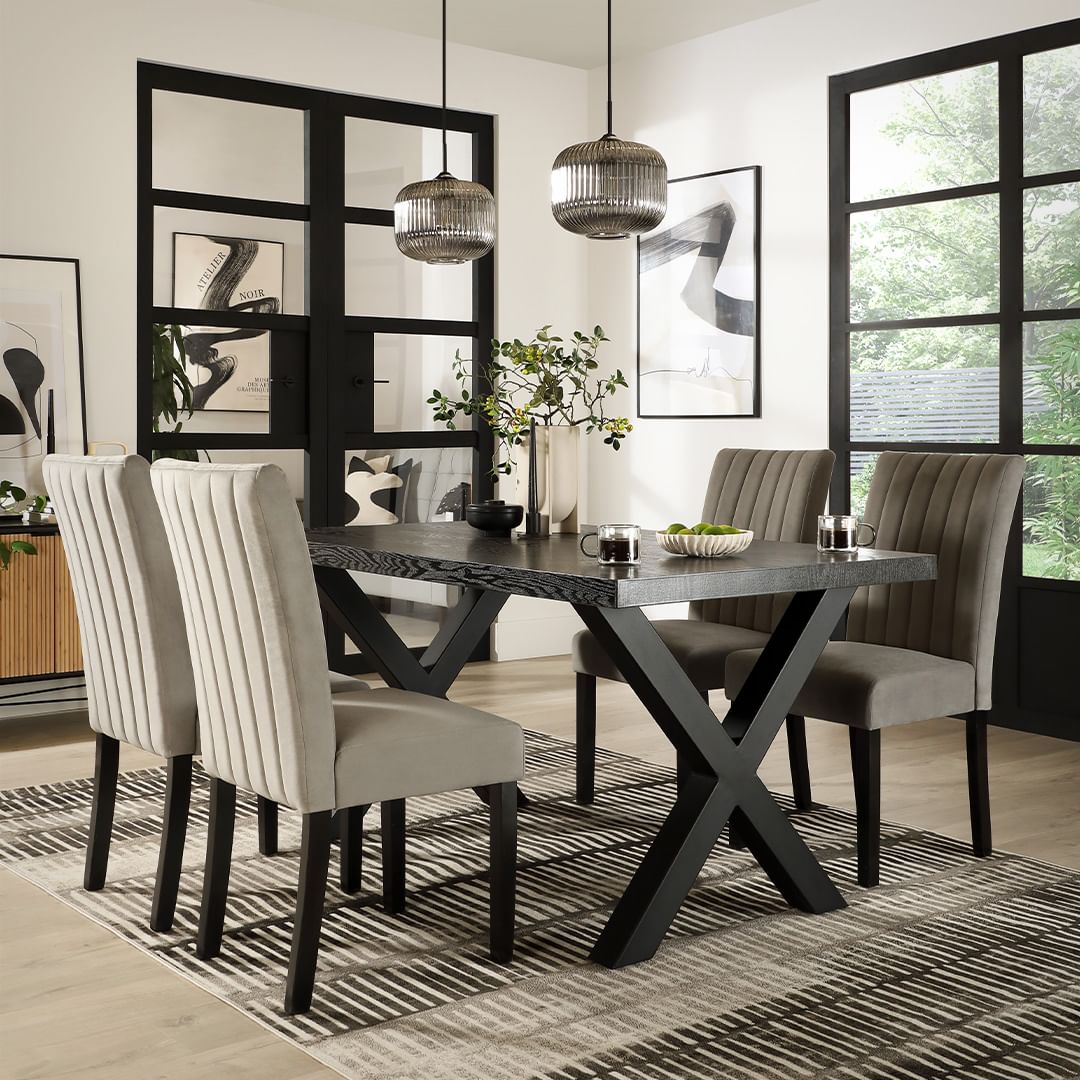 Image by furnitureandchoice
Image by furnitureandchoice
24. Opt for Neutral Foundations
“Neutral tones in larger furniture pieces allow you to update the room easily with accessories.” — Joanna Gaines
- Tip: Neutral furniture pieces give you flexibility to change up your decor with pillows, throws, or art whenever the mood strikes—without needing a full redesign.
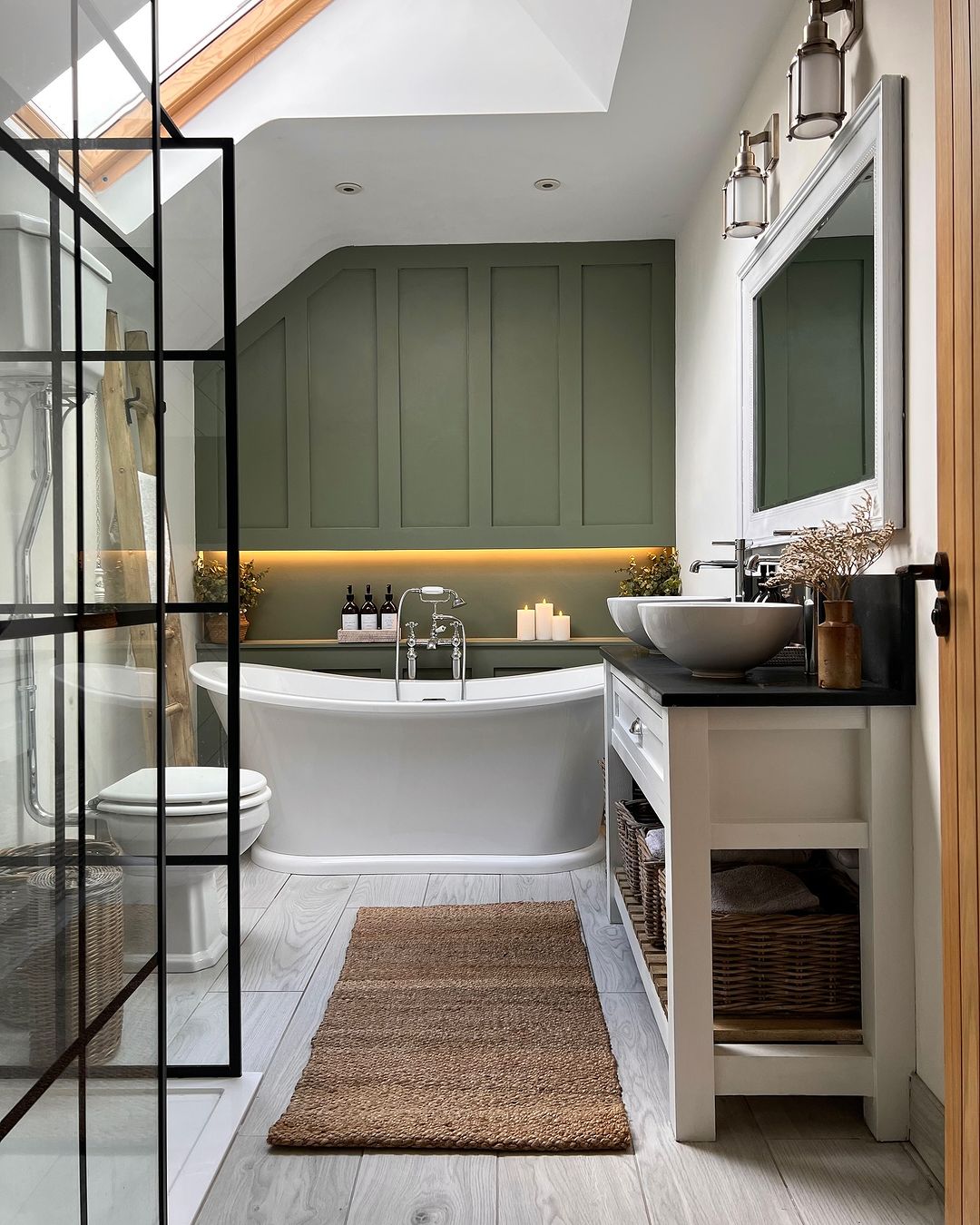 Image by cottagerenovationcwmrhys
Image by cottagerenovationcwmrhys
25. Hang Curtains High and Wide
“Hang curtains closer to the ceiling to give the illusion of taller windows and a larger space.” — Amber Lewis
- Tip: Mount curtain rods high and wide to make windows look grander. This also brings the eye upward, making ceilings seem taller and rooms feel airier.
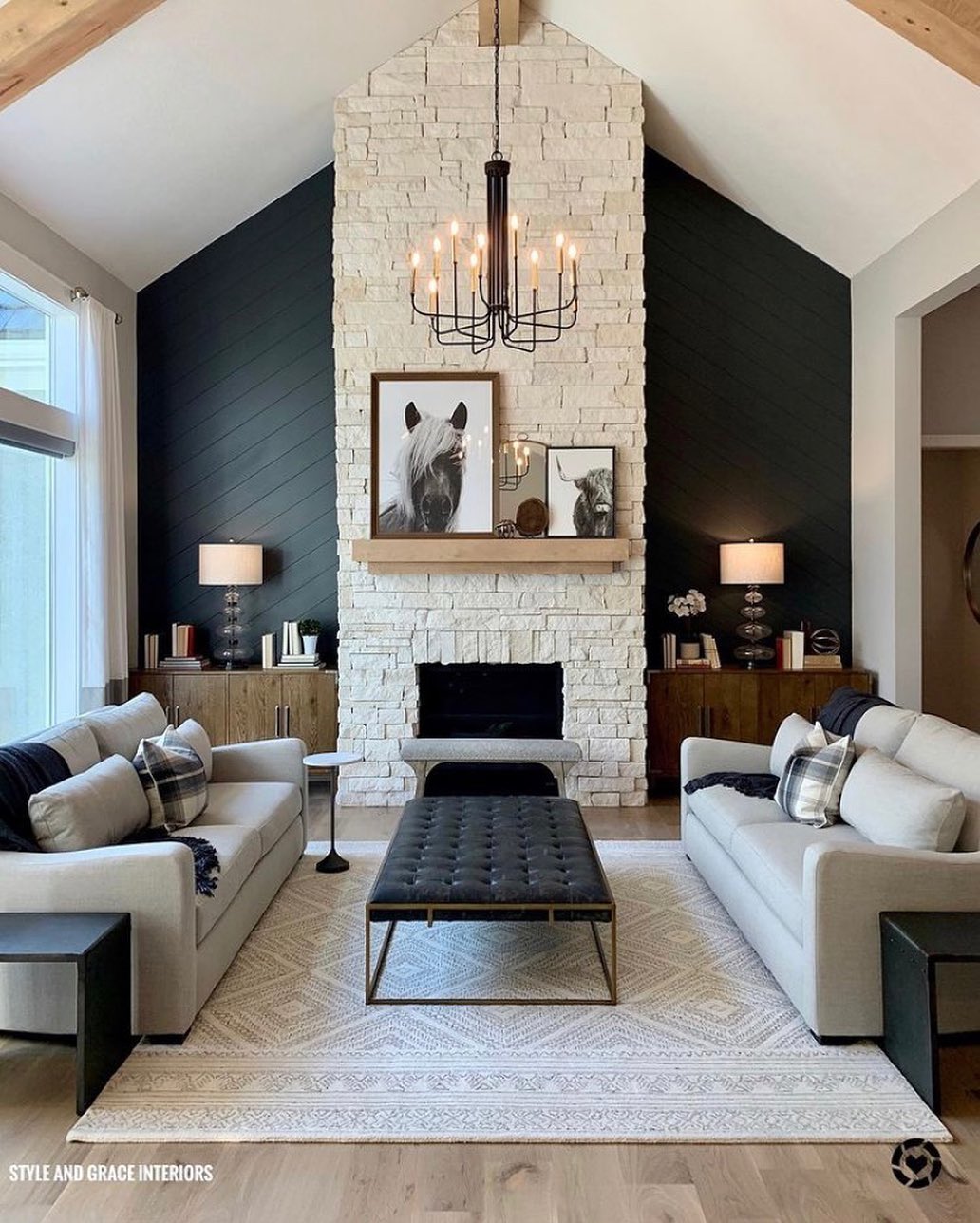 Image by kiganhome
Image by kiganhome
26. Go Big with Artwork
“Bigger is often better when it comes to art. A large statement piece can make a huge impact.” — Jonathan Adler
- Tip: If you have a large blank wall, don’t be shy—go for an oversized piece of art or a gallery wall to fill the space. Big art makes a bold statement.
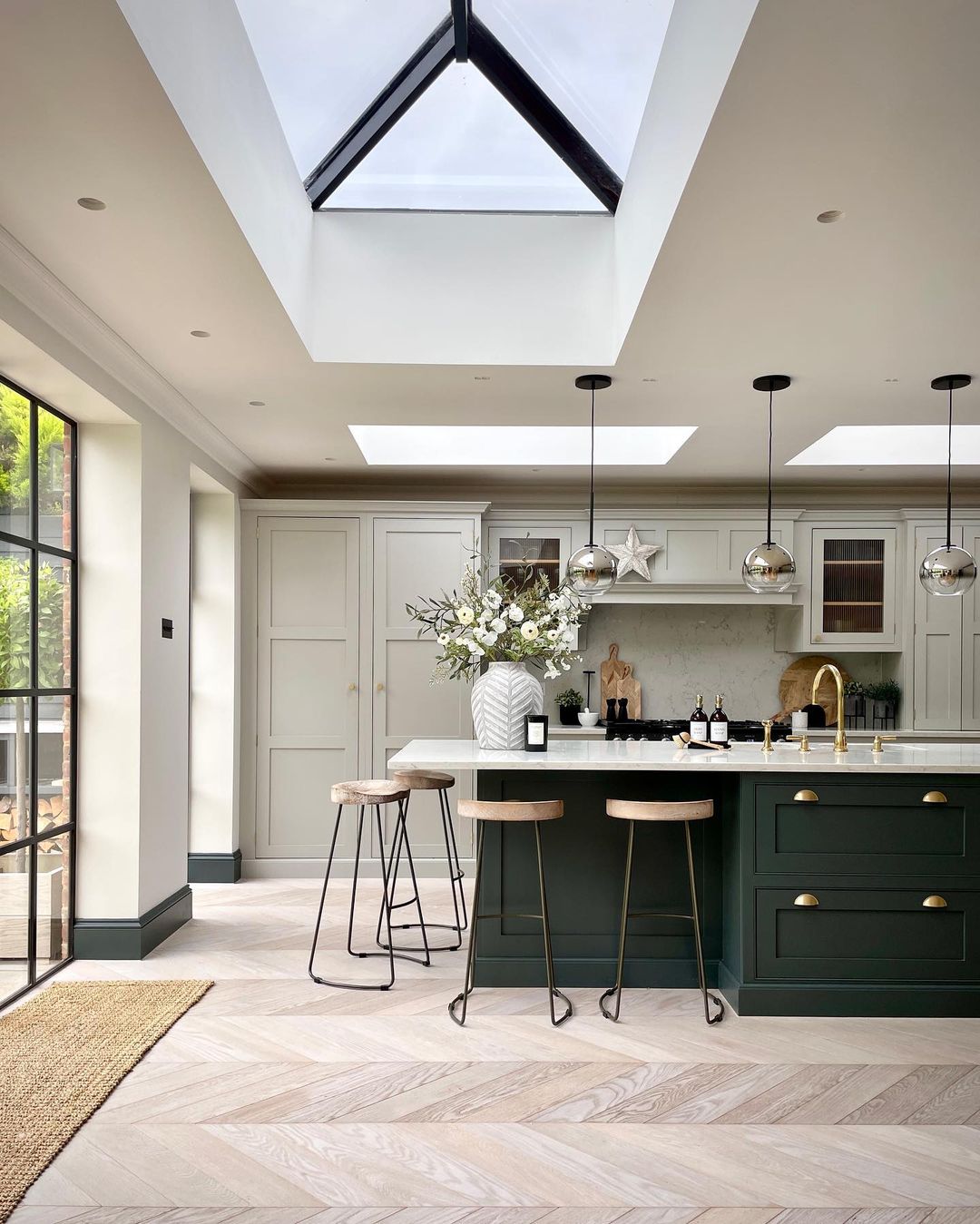 Image by my_midcenturymakeover
Image by my_midcenturymakeover
Read – 36 Beautiful And Stylish Partial Overlay Cabinets
27. Don’t Be Afraid of White
“White walls allow your decor to shine and create a crisp, clean canvas.” — Nate Berkus
- Tip: White isn’t boring—it’s a blank slate. Use it to highlight colorful furniture or bold artwork. A crisp white wall can bring focus to your favorite decor elements.
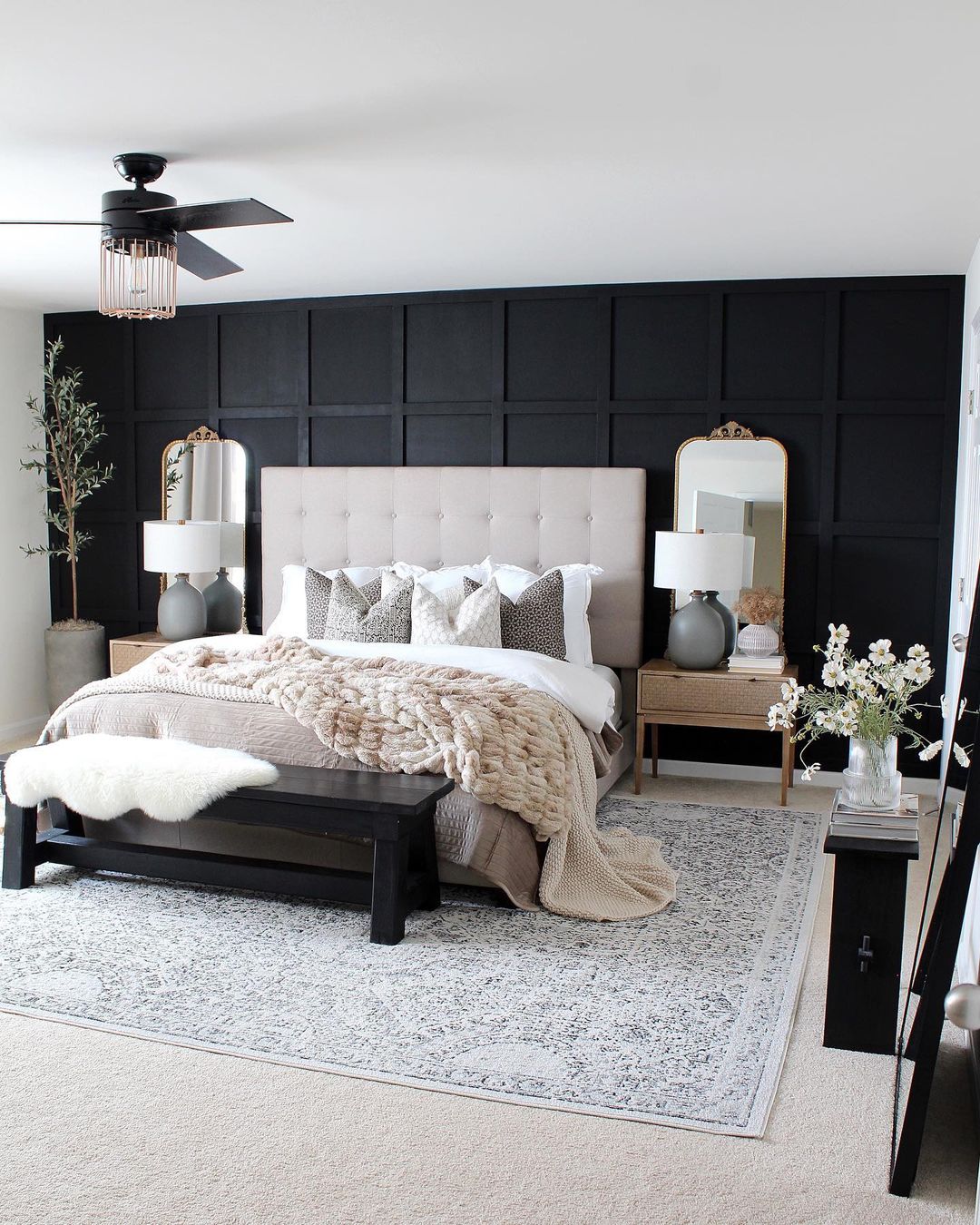 Image by myhousefromscratch
Image by myhousefromscratch
28. Play with Proportions
“Varying the proportions of furniture and accessories adds visual interest.” — Kelly Wearstler
- Tip: A mix of different-sized decor pieces creates layers and interest. Place a large vase next to a smaller bowl or mix tall and short candle holders to keep things dynamic.
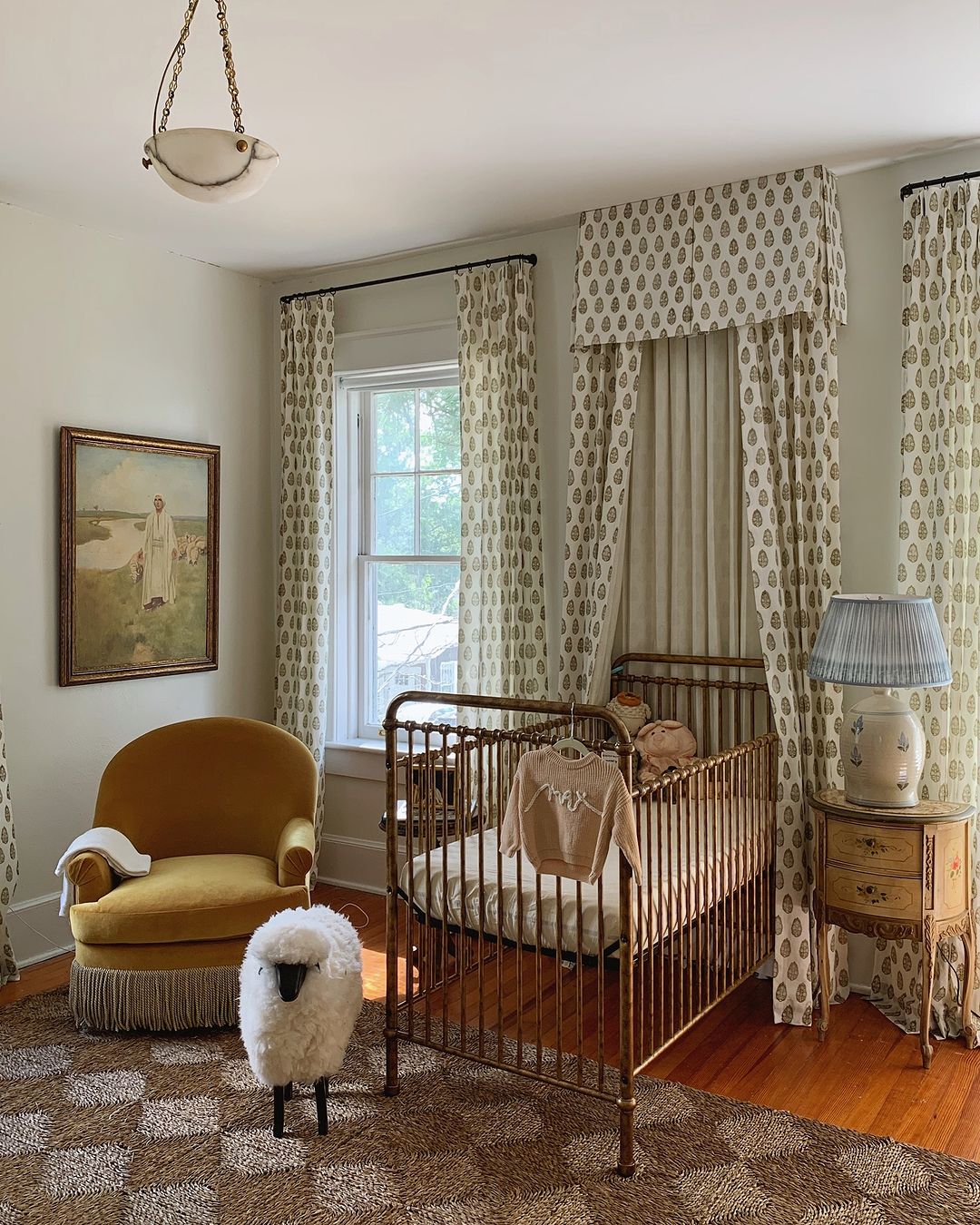 Image by carlaypage
Image by carlaypage
29. Focus on Quality, Not Quantity
“Fewer, better things are the key to a well-designed room. Avoid clutter.” — Joanna Gaines
- Tip: Instead of filling your space with lots of items, invest in fewer quality pieces that you truly love. Declutter often to keep the space feeling open and intentional.
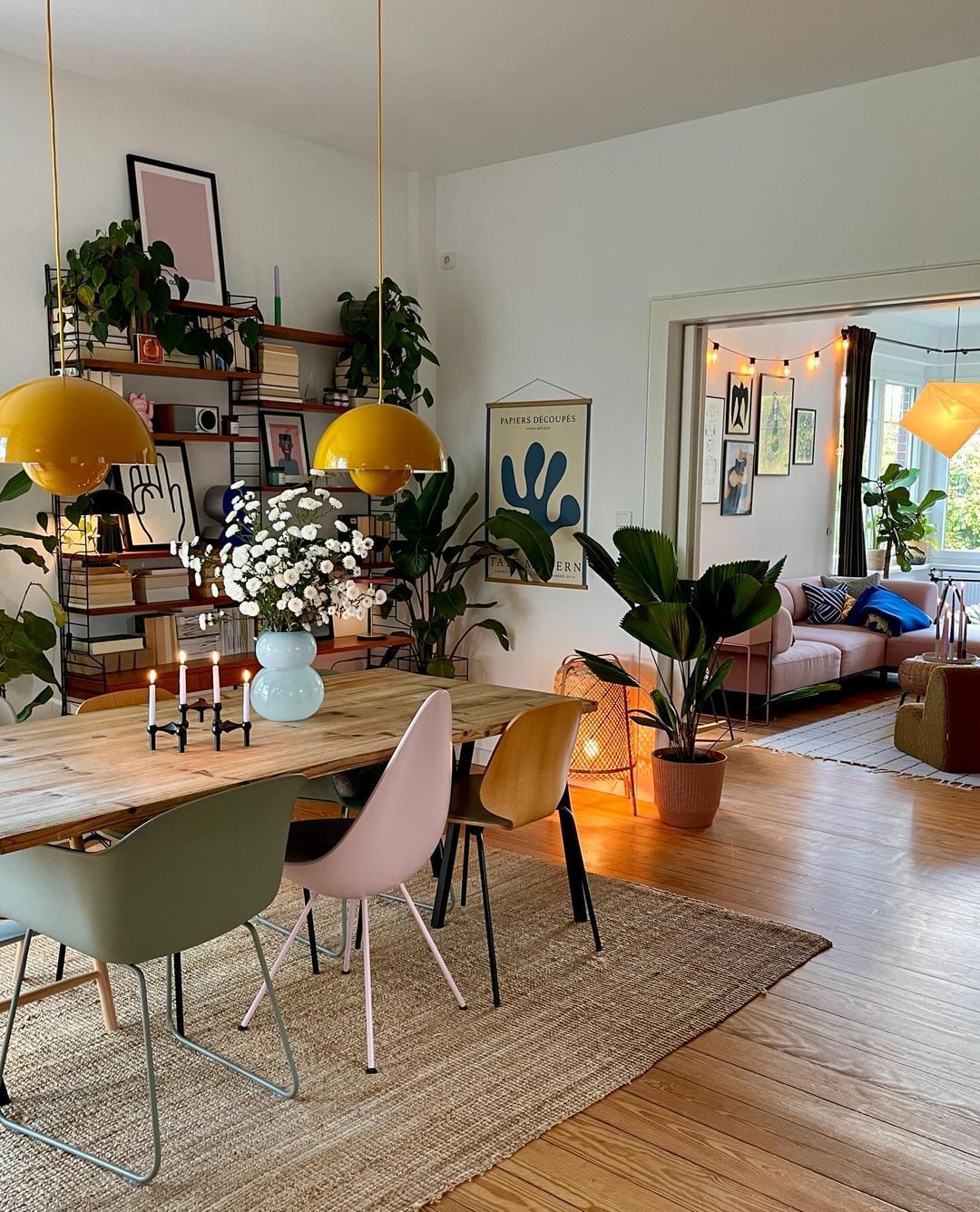 Image by elledecorationfr
Image by elledecorationfr
30. Add Texture with Textiles
“Pillows, throws, and rugs in different fabrics can add texture and warmth.” — Amber Lewis
- Tip: Layer different textiles like velvet, wool, or linen for a rich, cozy vibe. Mix a chunky knit throw with velvet cushions or a woven rug for texture contrast.
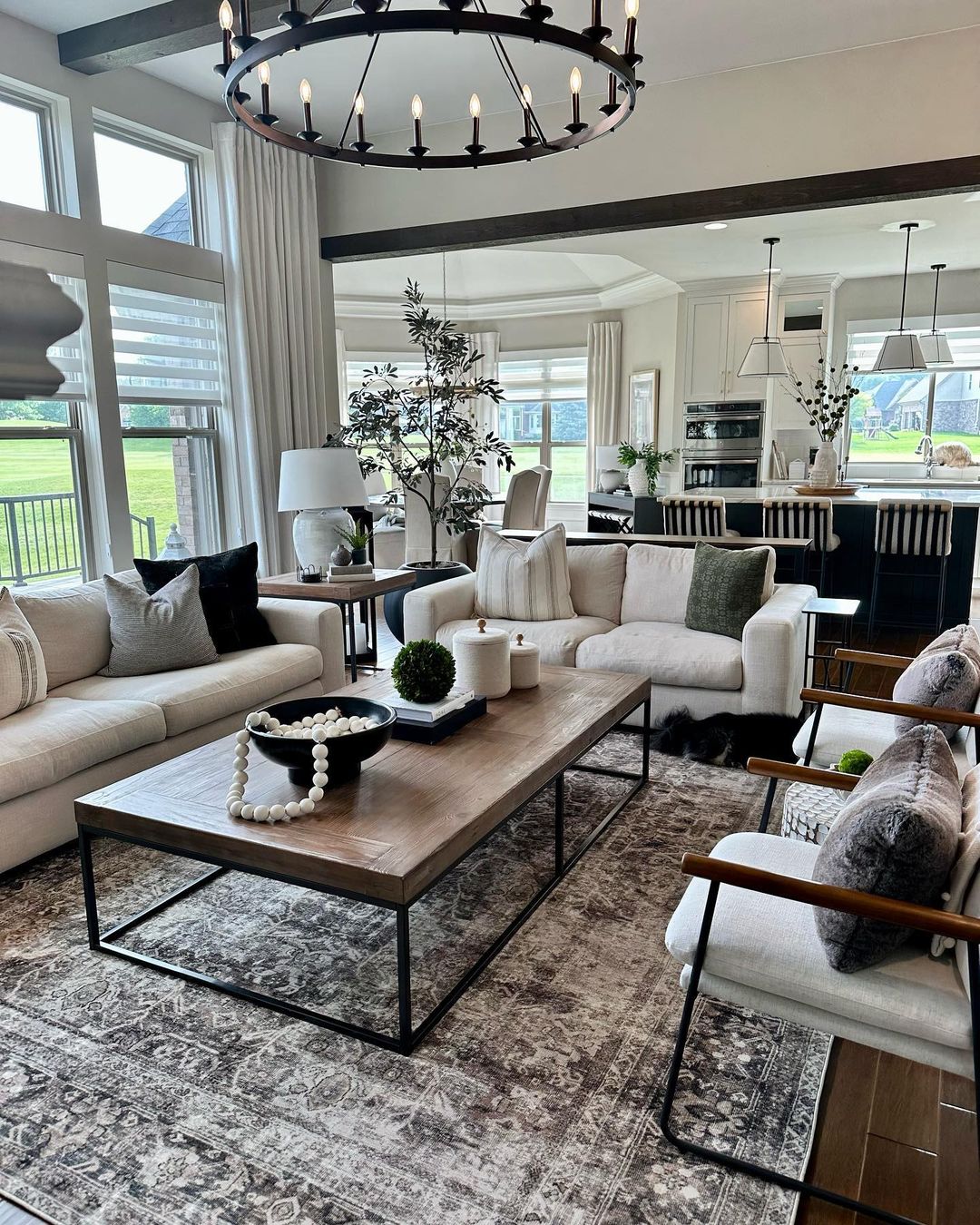 Image by holly_marie_designs
Image by holly_marie_designs
31. Create Contrast
“Contrast is key to keeping a space from feeling too one-note. Mix light and dark, soft and hard.” — Emily Henderson
- Tip: Play with contrast in colors, textures, and materials. Pair light walls with dark furniture or soft fabrics with metal accents to create depth and dimension.
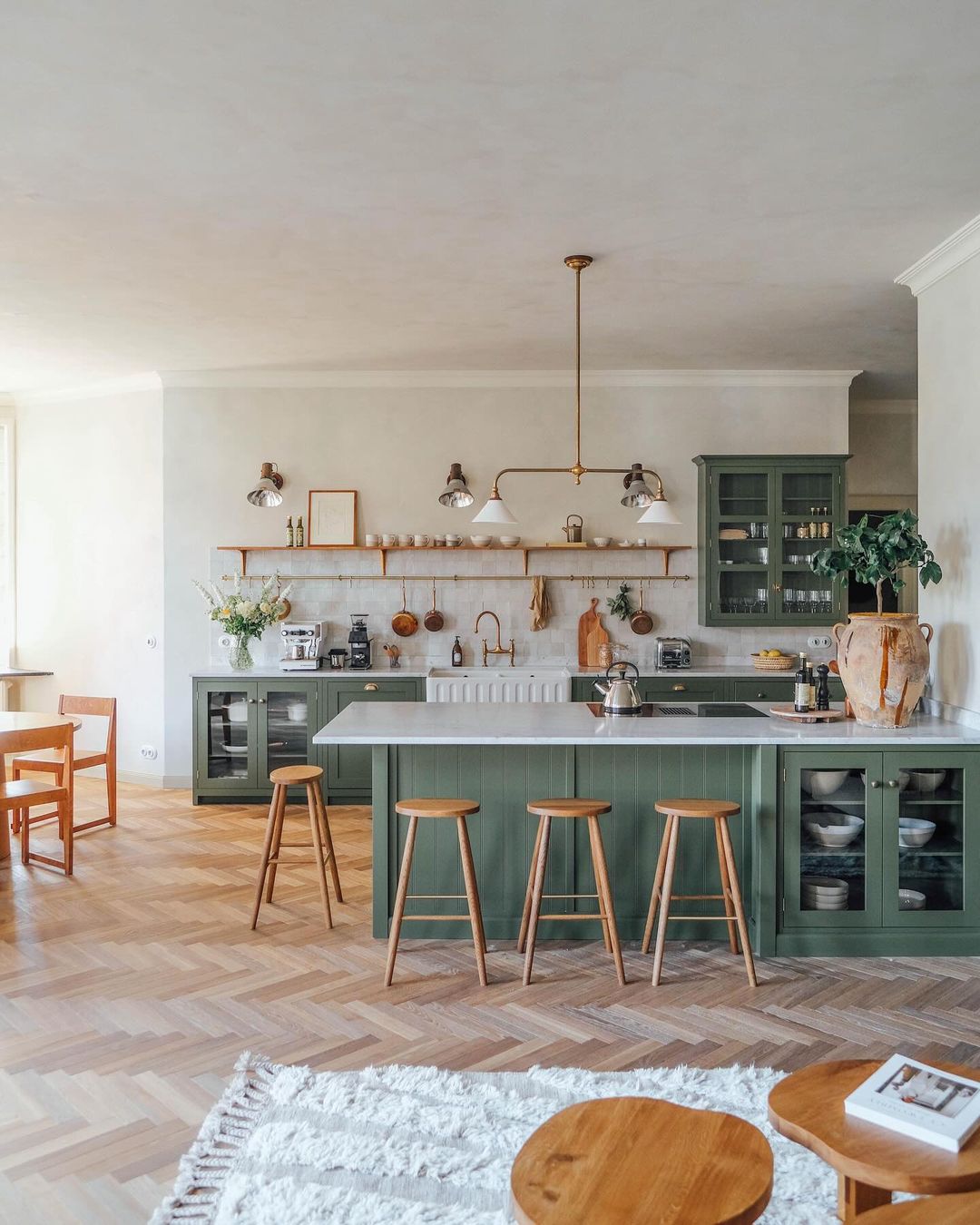 Image by devolkitchens
Image by devolkitchens
32. Consider the Room’s Purpose
“Always consider the function of the room before making design decisions.” — Joanna Gaines
- Tip: A room should reflect its use. A family room should have durable, cozy furniture, while a formal dining room might feature more refined pieces. Function dictates form.
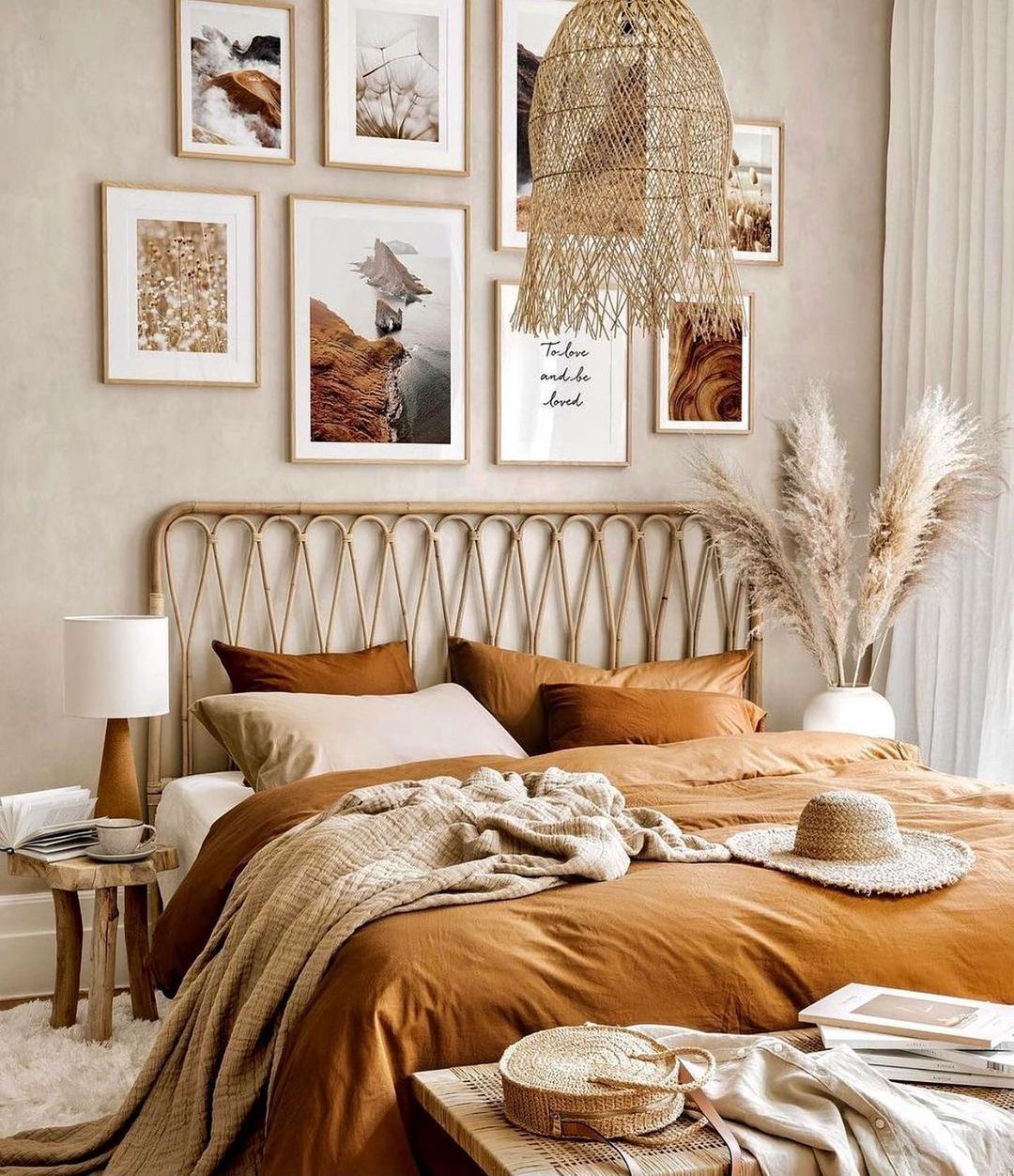 Image by basicoutline_home
Image by basicoutline_home
33. Layer Your Bedding
“A well-layered bed is inviting. Mix and match different textures and patterns for depth.” — Justina Blakeney
- Tip: Layering bedding—sheets, duvets, throws, and pillows—adds comfort and luxury. Don’t be afraid to mix patterns or textures, as long as they are in the same color palette.
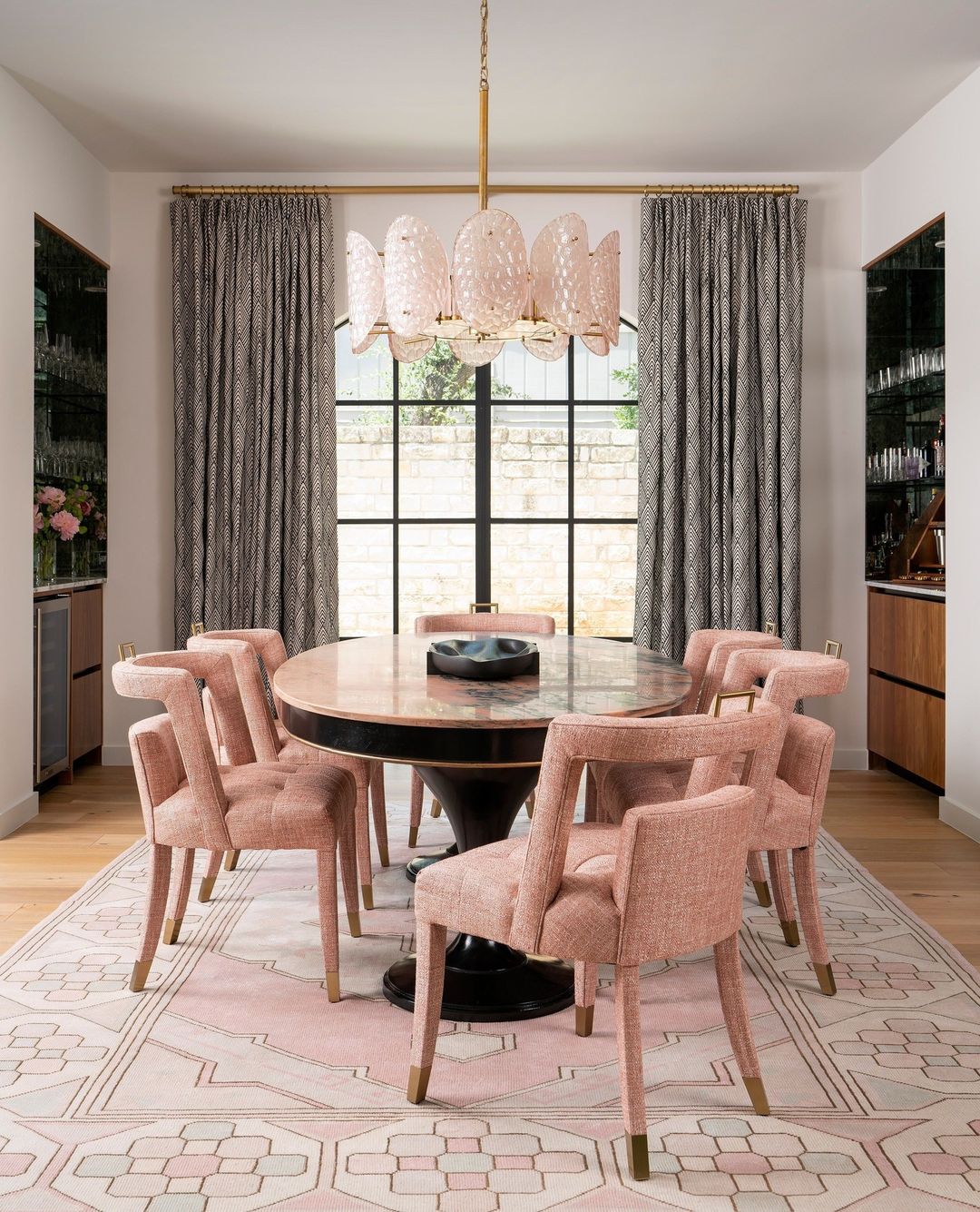 Image by jfisherinteriors
Image by jfisherinteriors
Read – 35 Beautiful Small Dining Room Lighting Ideas
34. Embrace Open Floor Plans
“Open layouts encourage flow, but defining different areas is essential for balance.” — Kelly Wearstler
- Tip: Use rugs, furniture, or lighting to define spaces in an open floor plan. This helps prevent the room from feeling too vast or undefined.
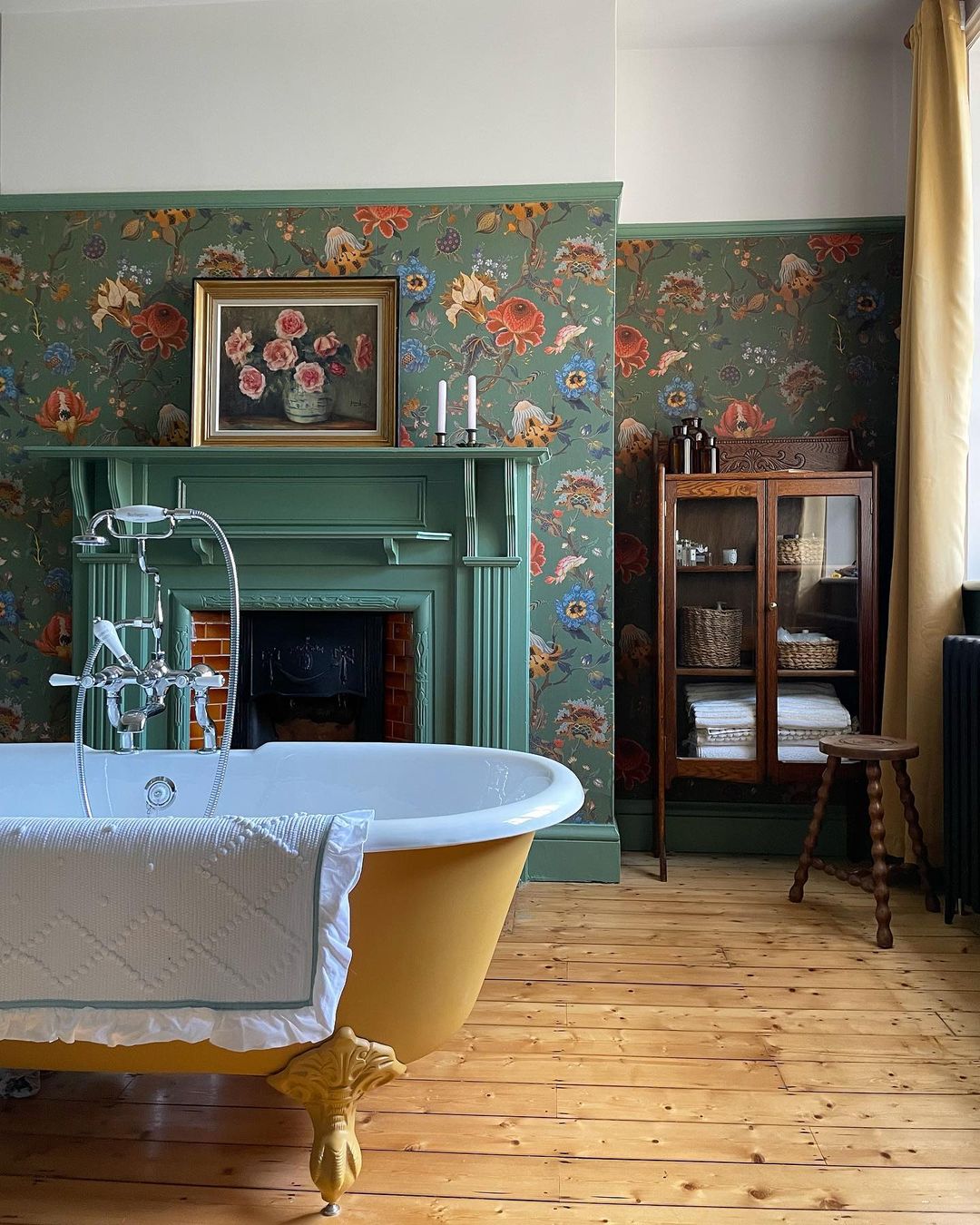 Image by prettylittleedwardian
Image by prettylittleedwardian
35. Go Vintage
“Vintage pieces add character and history to your space. Don’t be afraid to blend old with new.” — Nate Berkus
- Tip: Mix vintage and modern for a curated, layered look. A vintage chair or piece of art can add personality and a sense of history to a modern space.
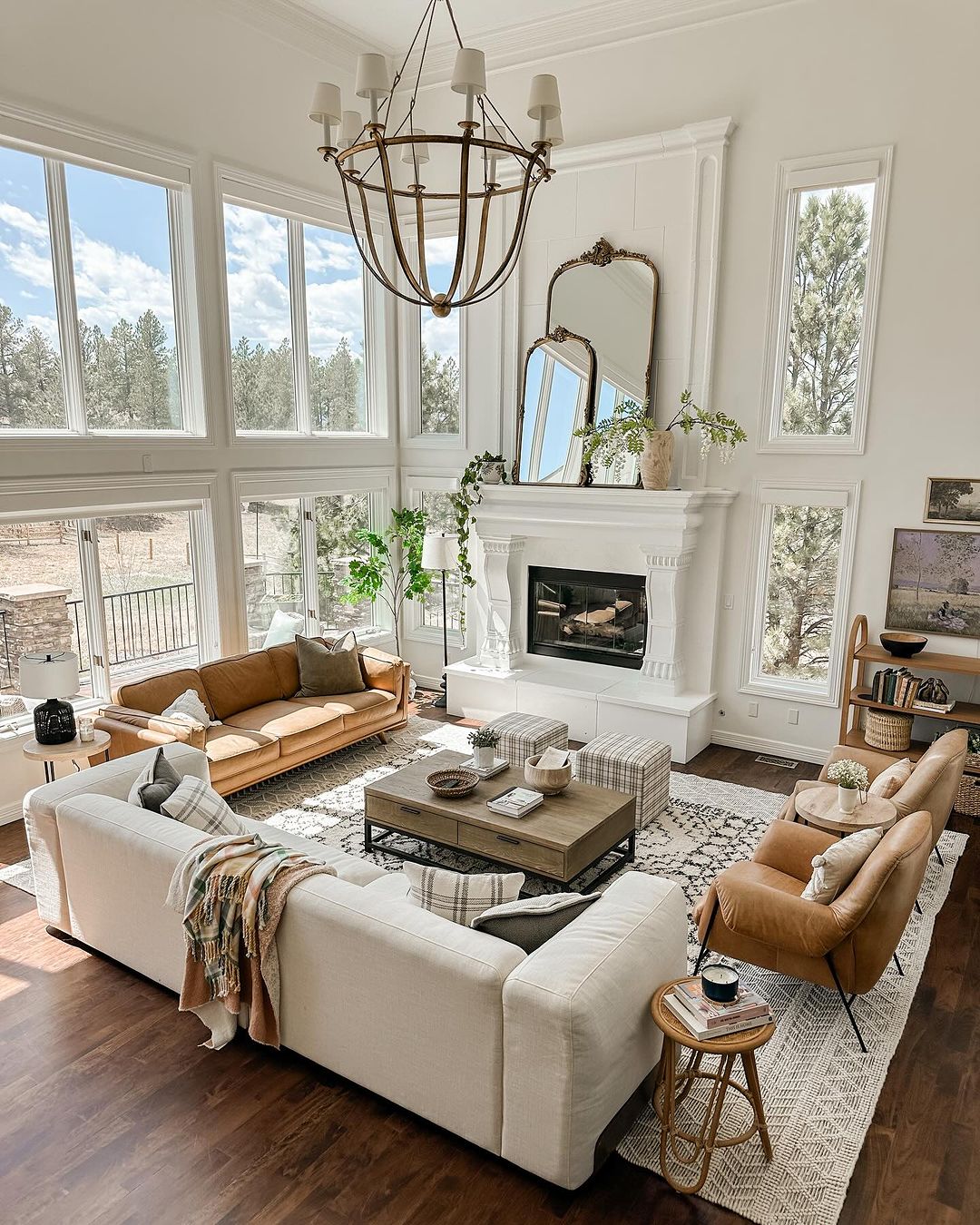 Image by sarah.joy
Image by sarah.joy
36. Don’t Be Afraid of Dark Walls
“Dark walls can be dramatic and cozy. Pair them with lighter furniture for contrast.” — Amber Lewis
- Tip: Dark walls create a cozy, moody atmosphere. Use light-colored furniture or metallic accents to balance the intensity. Don’t forget to play with lighting to enhance the ambiance.
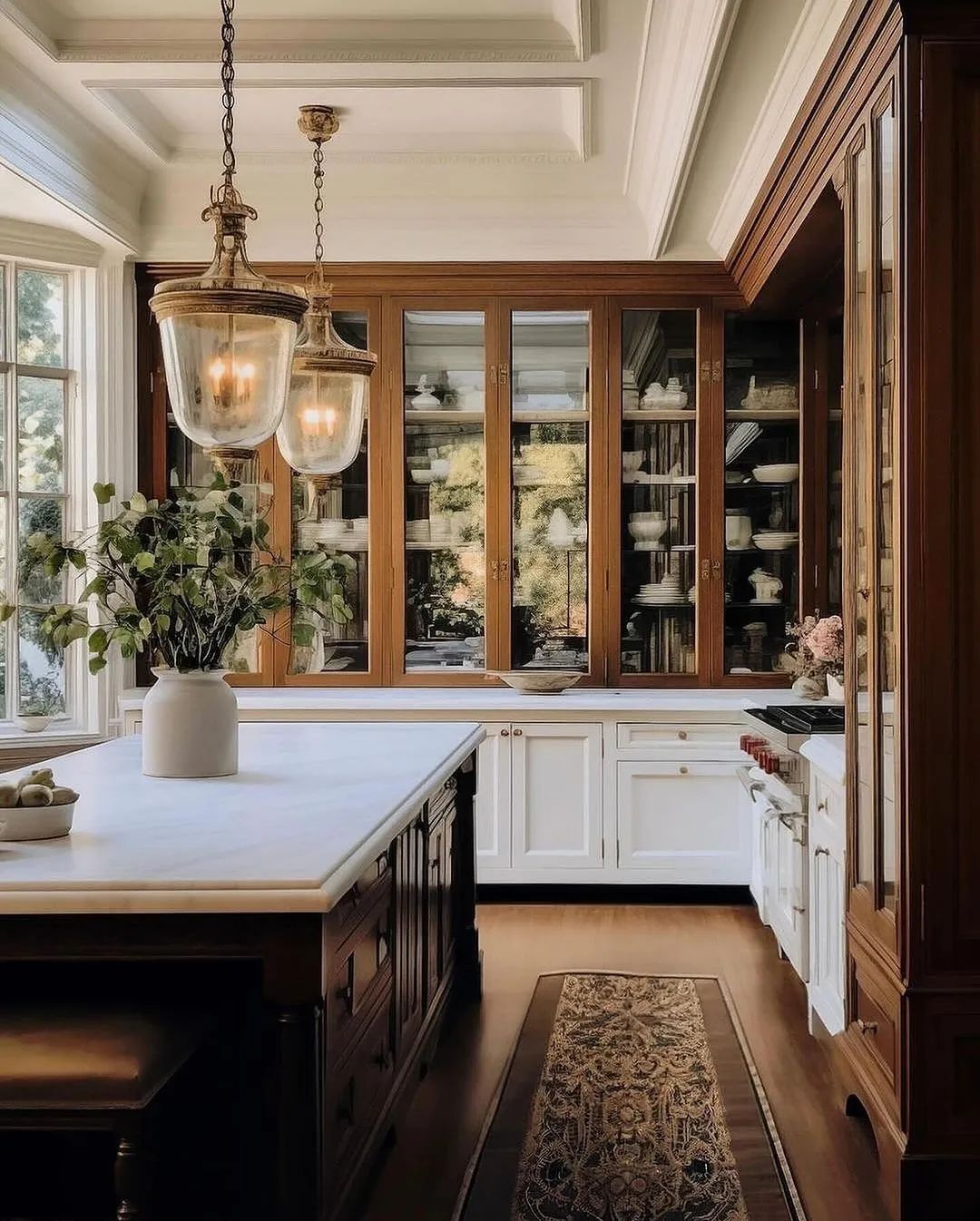 Image by thefarmhouseinterior
Image by thefarmhouseinterior
37. Use Wallpaper Wisely
“Wallpaper can be a bold statement, but start small, like in a powder room or accent wall.” — Emily Henderson
- Tip: If you’re unsure about committing to wallpaper, start in smaller areas like powder rooms, entryways, or even behind shelving units for a pop of pattern.
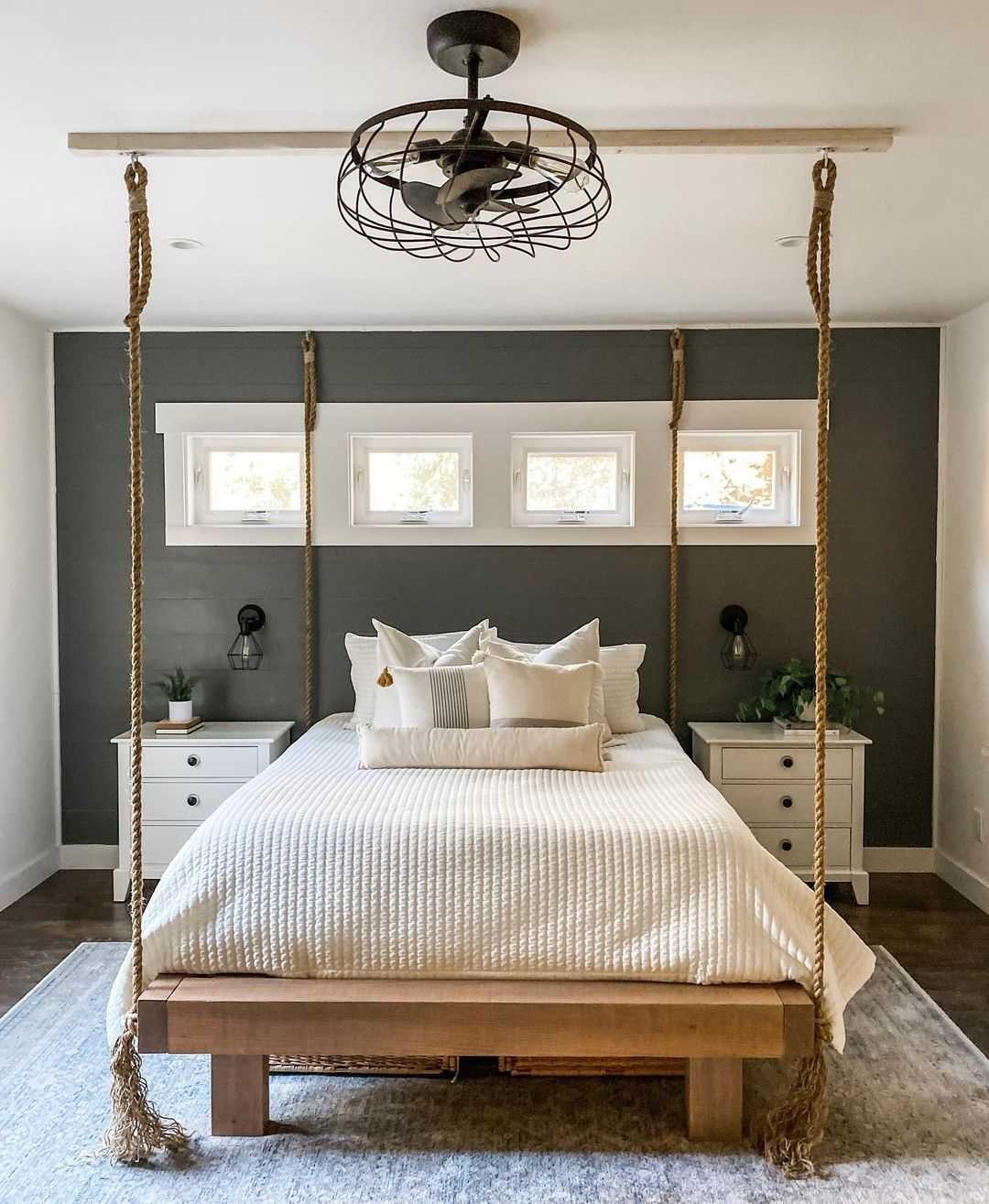 Image by decorsteals
Image by decorsteals
38. Rearrange Regularly
“Rearranging furniture or accessories can make a space feel new without spending a dime.” — Justina Blakeney
- Tip: Sometimes, moving your furniture around gives your space a whole new feel. Try different layouts every few months to keep things fresh.
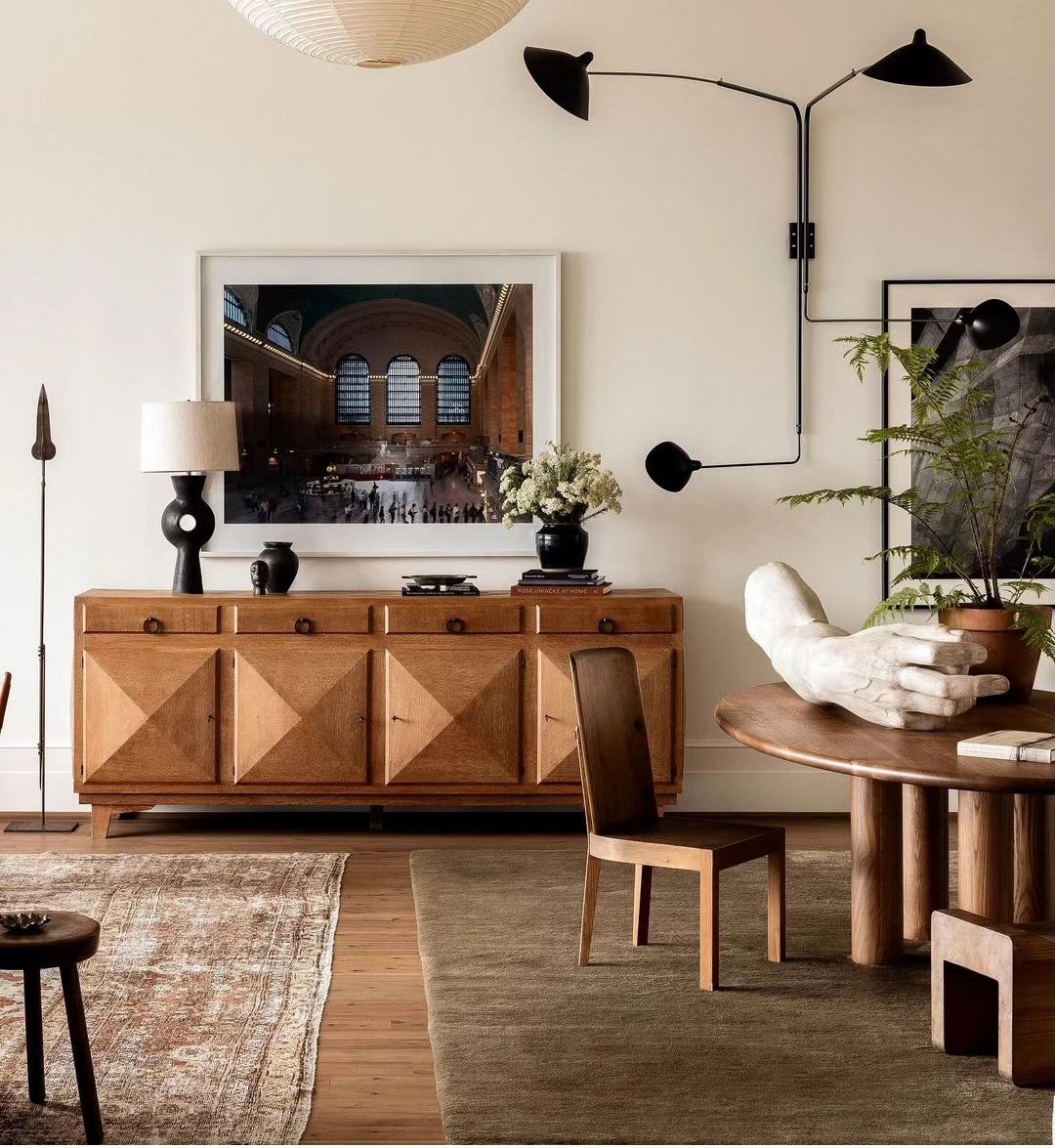 Image by evvintageuk
Image by evvintageuk
39. Add Architectural Interest
“Crown molding, wainscoting, or interesting trim can elevate even a simple room.” — Joanna Gaines
- Tip: Architectural details like wainscoting or crown molding add sophistication to a room. If you’re handy, they can be an affordable DIY project that significantly upgrades your space.
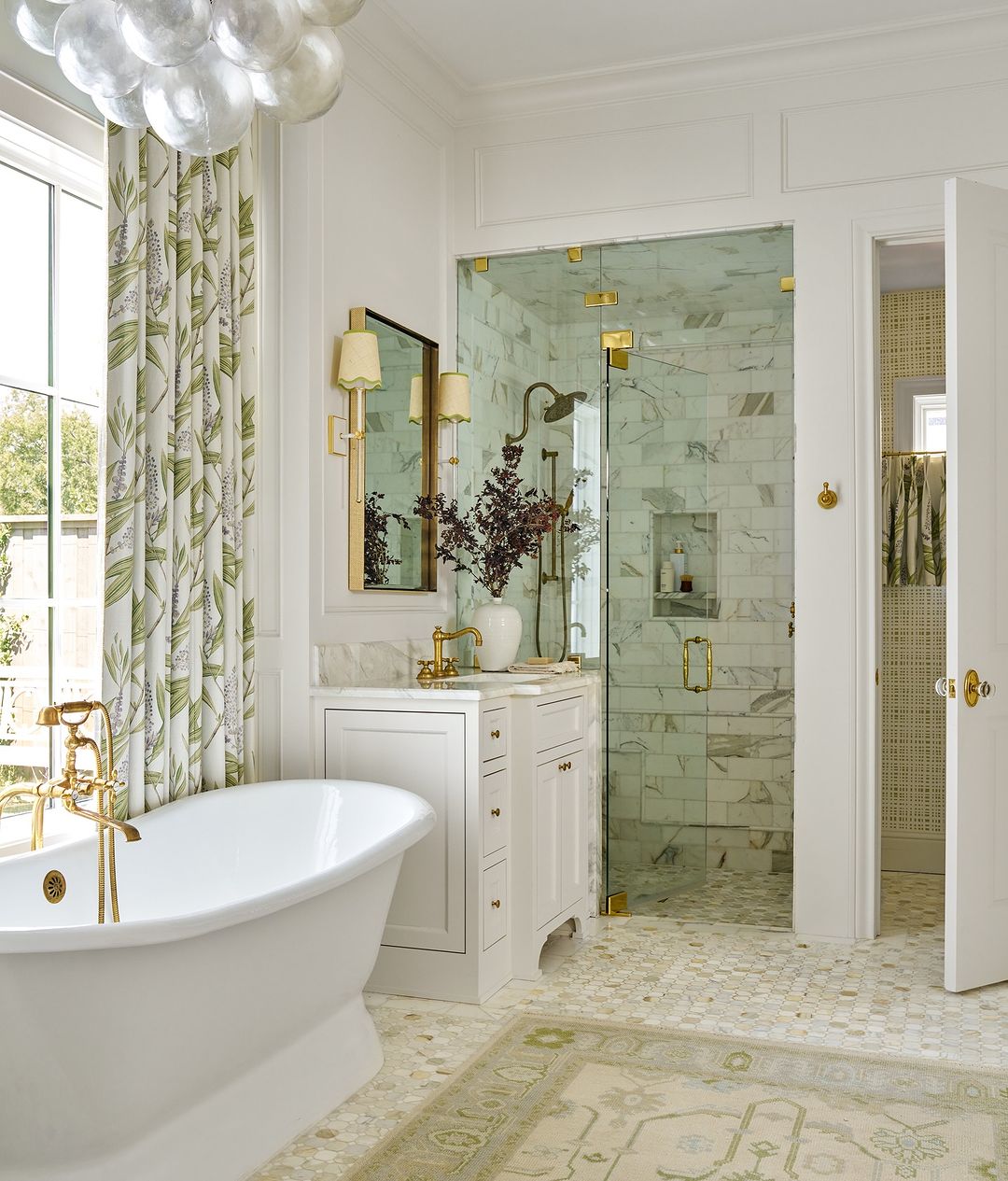 Image by awelldressedhomellc
Image by awelldressedhomellc
Read – 21 Serene And Luxurious Bathtub In Front Of Window Ideas
40. Declutter Frequently
“Less is more. Declutter regularly to keep your space feeling open and serene.” — Nate Berkus
- Tip: Decluttering is an ongoing process. Set aside time every few months to reassess what you really need and love, and donate or store the rest.
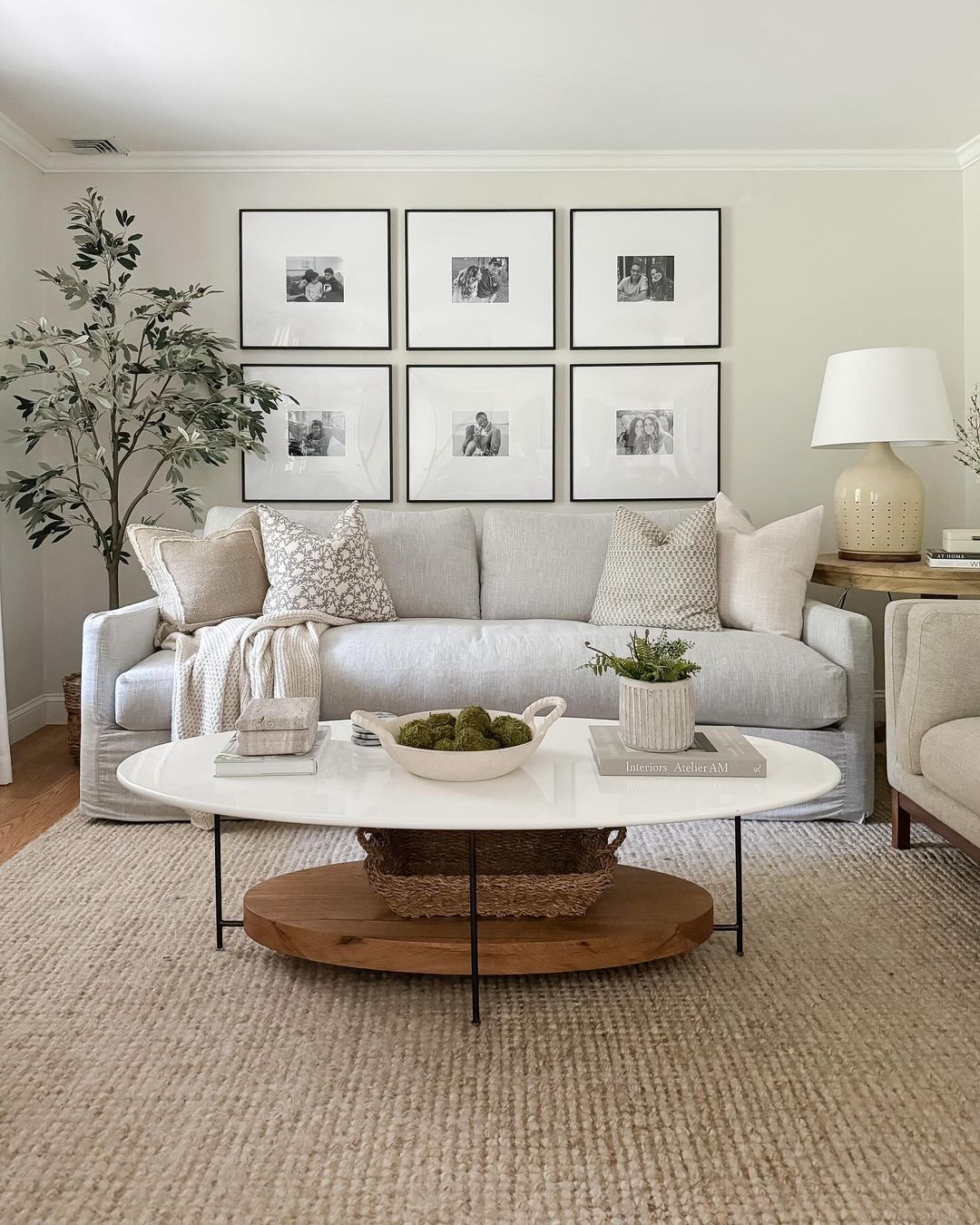 Image by sherricalnanhome
Image by sherricalnanhome
41. Create Cozy Nooks
“Every home needs a cozy corner for reading nook or relaxing.” — Jonathan Adler
- Tip: A cozy nook doesn’t require much—just a comfy chair, a soft throw, and maybe a small side table for your favorite book or a cup of tea.
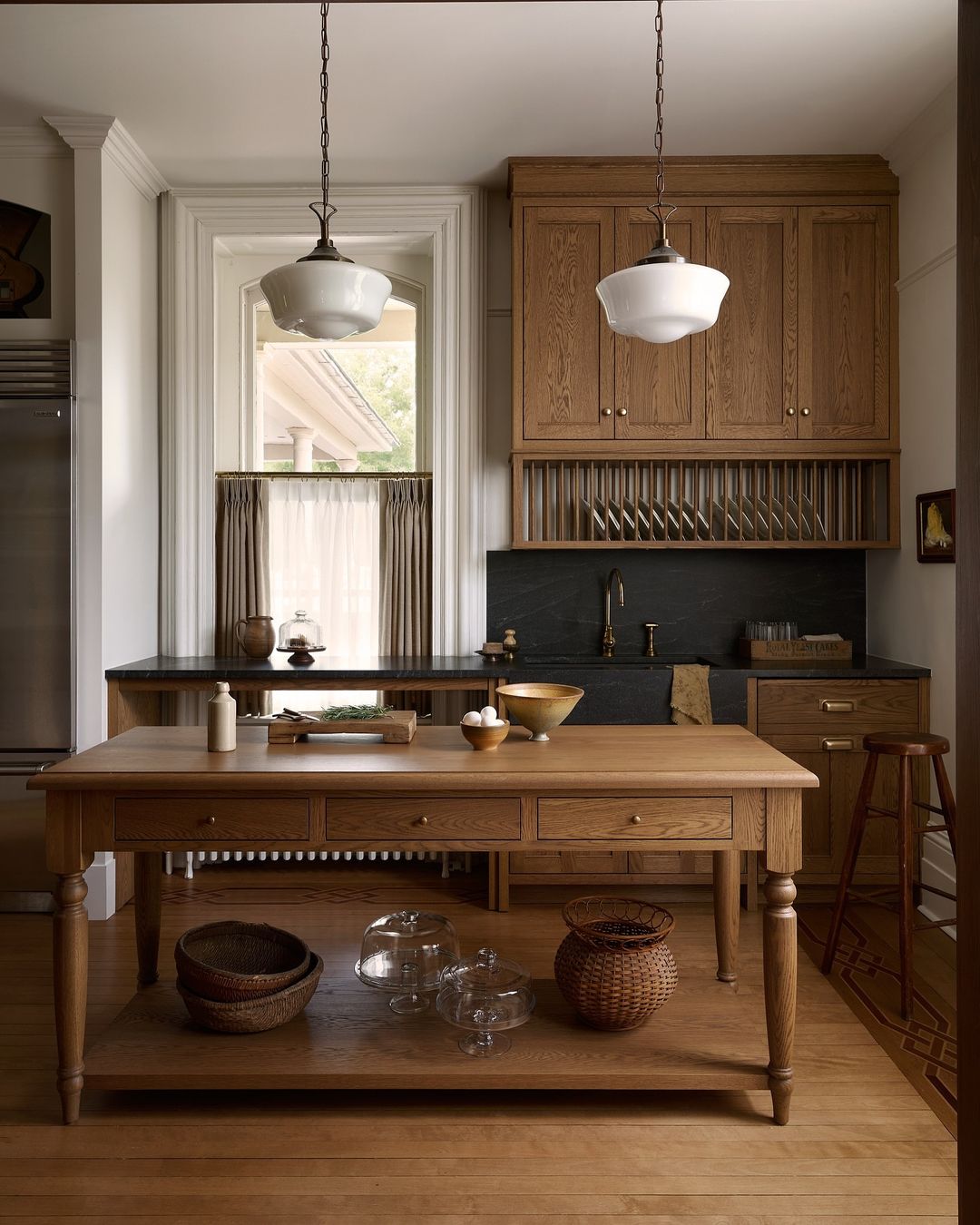 Image by houseliftdesign
Image by houseliftdesign
42. Invest in Custom Pieces
“Custom furniture fits your space perfectly and allows for more personal design.” — Kelly Wearstler
- Tip: Custom pieces can be expensive but are often worth the investment. They’re tailored to your needs and space, and often become focal points due to their uniqueness.
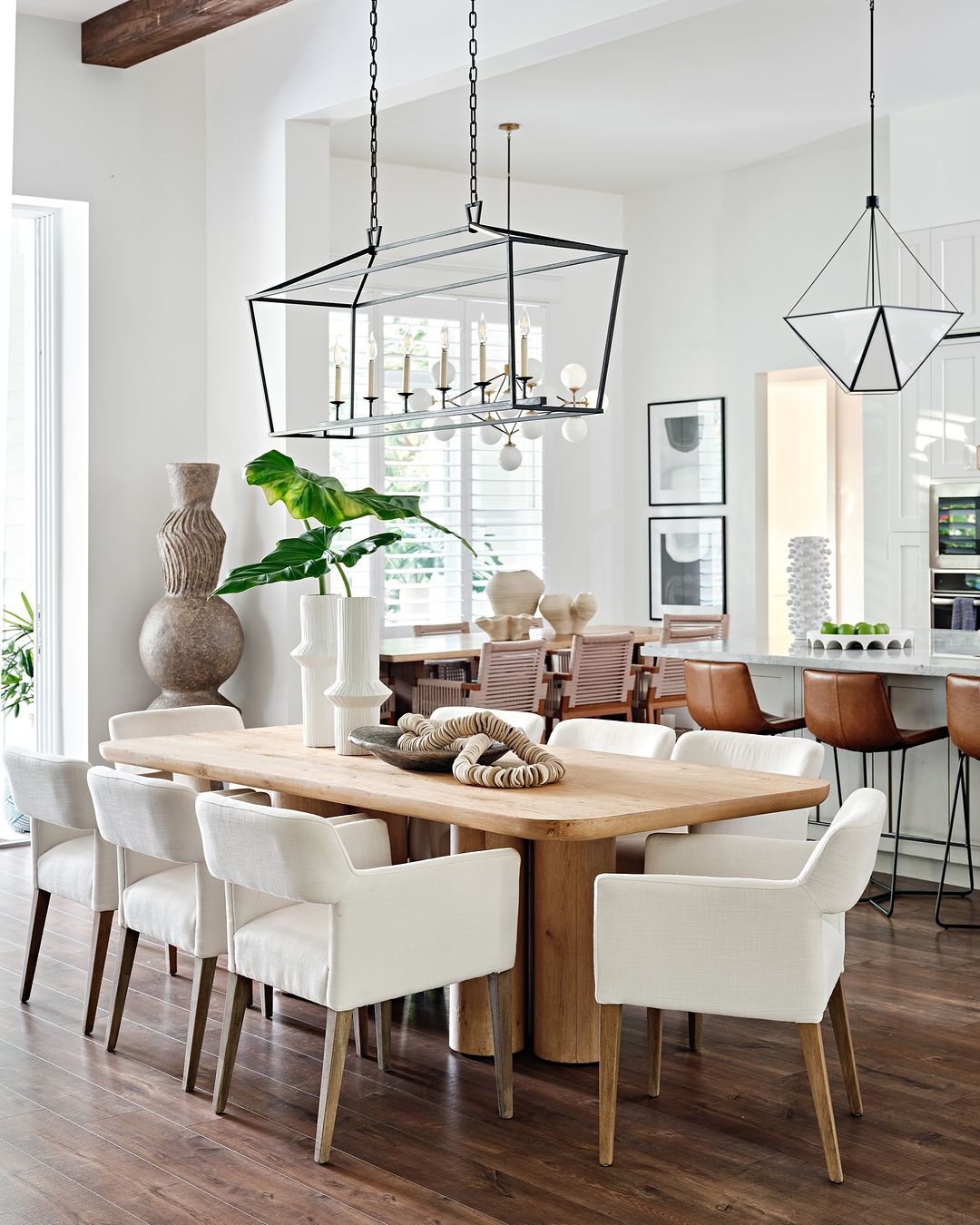 Image by firefinish_interiors
Image by firefinish_interiors
43. Experiment with Metallics
“Metallic accents add glamour and reflect light, giving your space a modern touch.” — Justina Blakeney
- Tip: Introduce metallic accents through lighting, decor, or furniture hardware. Mixing metals—gold, silver, brass—can add a luxe touch to any room without feeling too over the top.
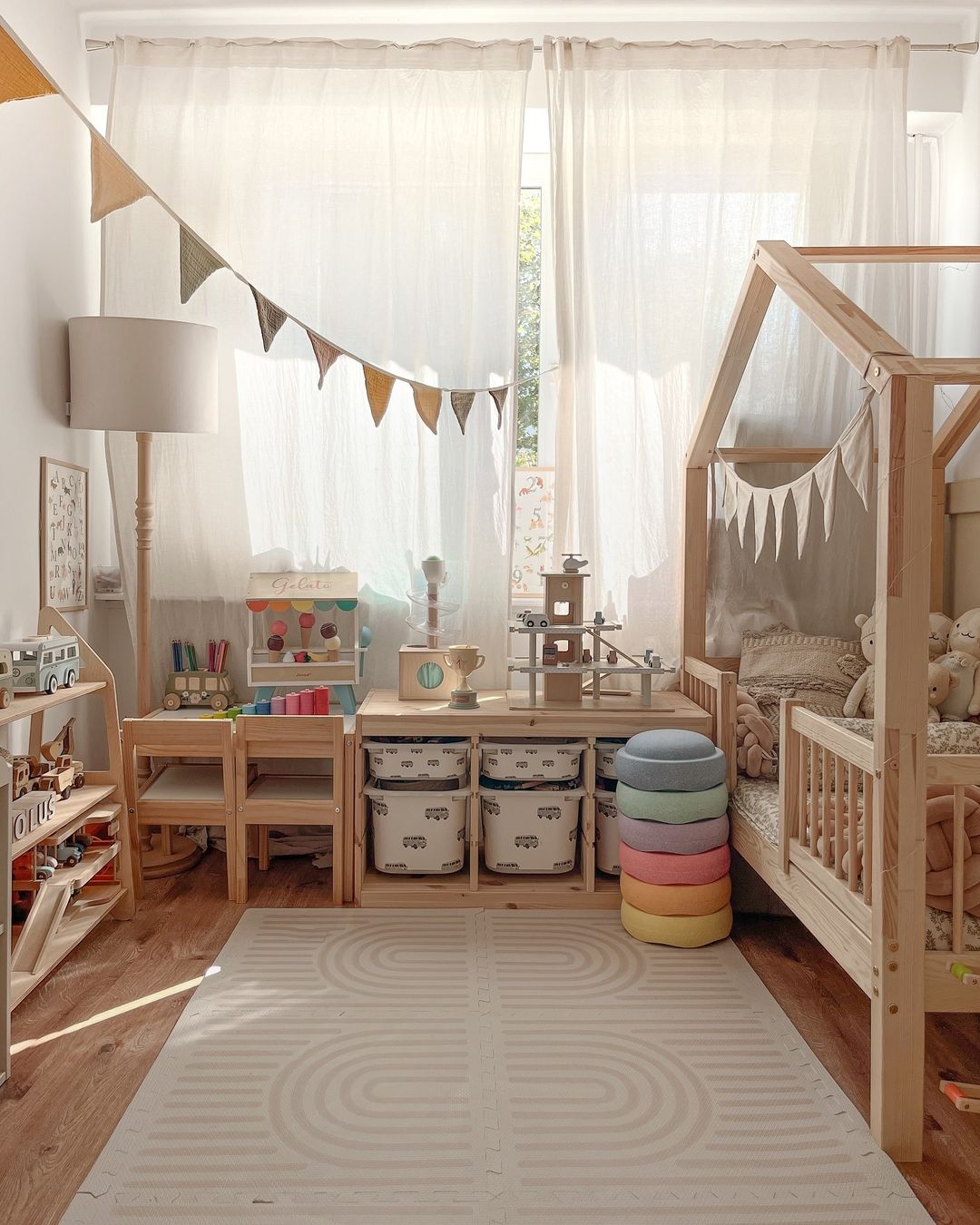 Image by iga_luk
Image by iga_luk
Read – 25 Lovely Pink Nursery Ideas You Need To See!
44. Don’t Skimp on Rugs
“An area rug should be large enough to anchor all your furniture—too small can make the space feel disjointed.” — Amber Lewis
- Tip: Rugs anchor a room, so make sure yours is big enough. In a living room, it should fit under the front legs of the furniture, at minimum. In dining rooms, the rug should extend beyond the chairs.
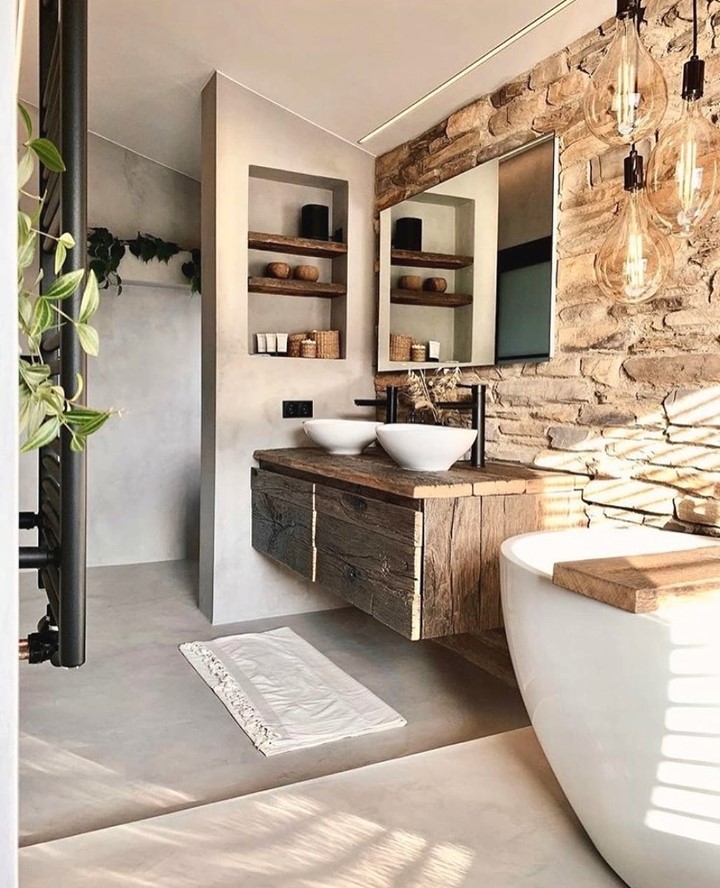 Image by bohoria.de
Image by bohoria.de
45. Stay True to Your Style
“Don’t just follow trends. Stay true to what feels authentic to you.” — Joanna Gaines
- Tip: Trends fade, but your personal style lasts. If you love a piece, it will always work in your space. Don’t feel pressured to decorate a certain way just because it’s popular.
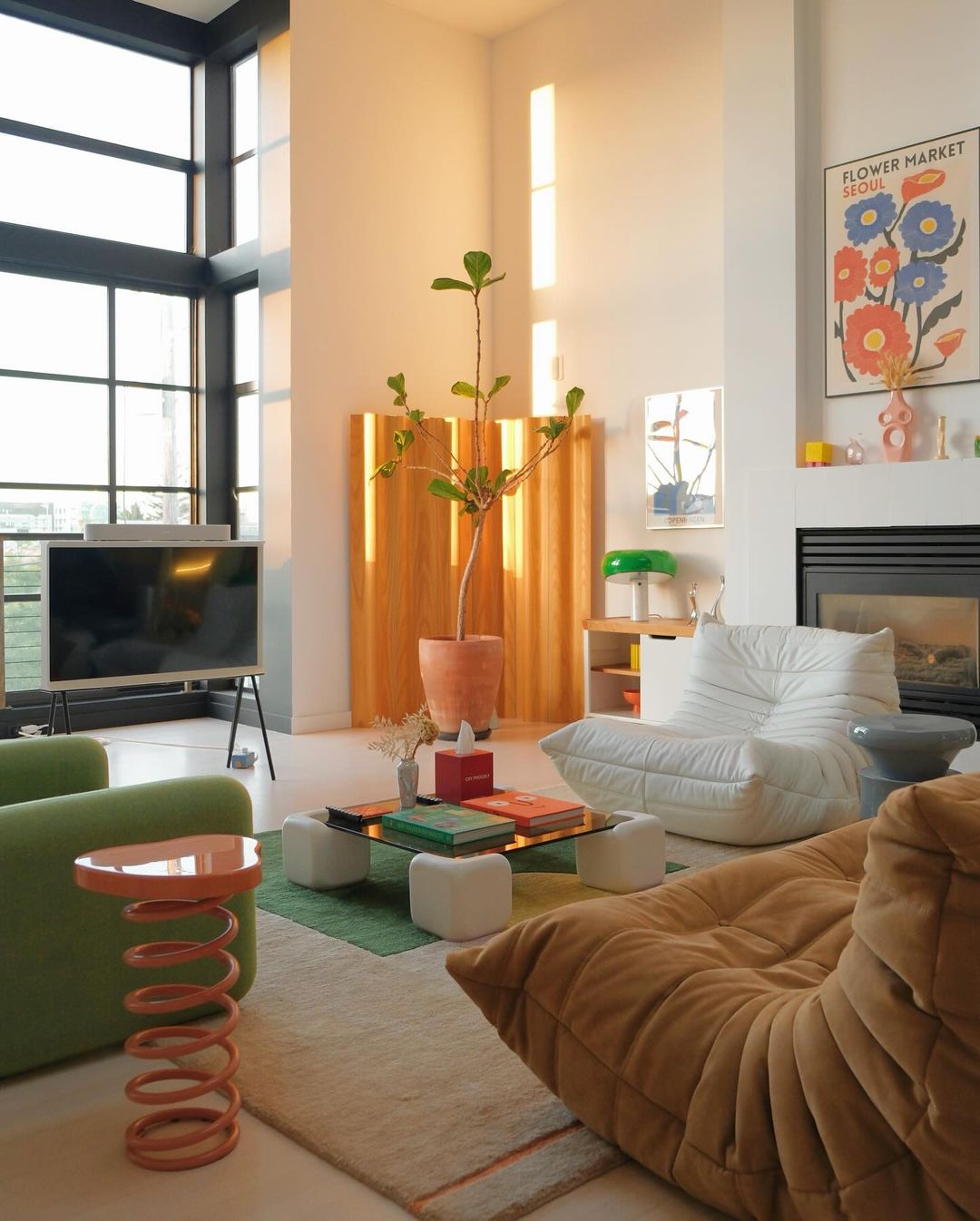 Image by adenwang
Image by adenwang
Read – 25 Lovely Tan Couch Living Room Ideas You Will Love
46. Let Your Home Evolve
“Your home should evolve over time. It’s okay if it’s never ‘done.'” — Emily Henderson
- Tip: decorative objects is a journey, not a race. As your tastes change, let your home reflect that evolution. Over time, your space will tell your story in a more meaningful way.
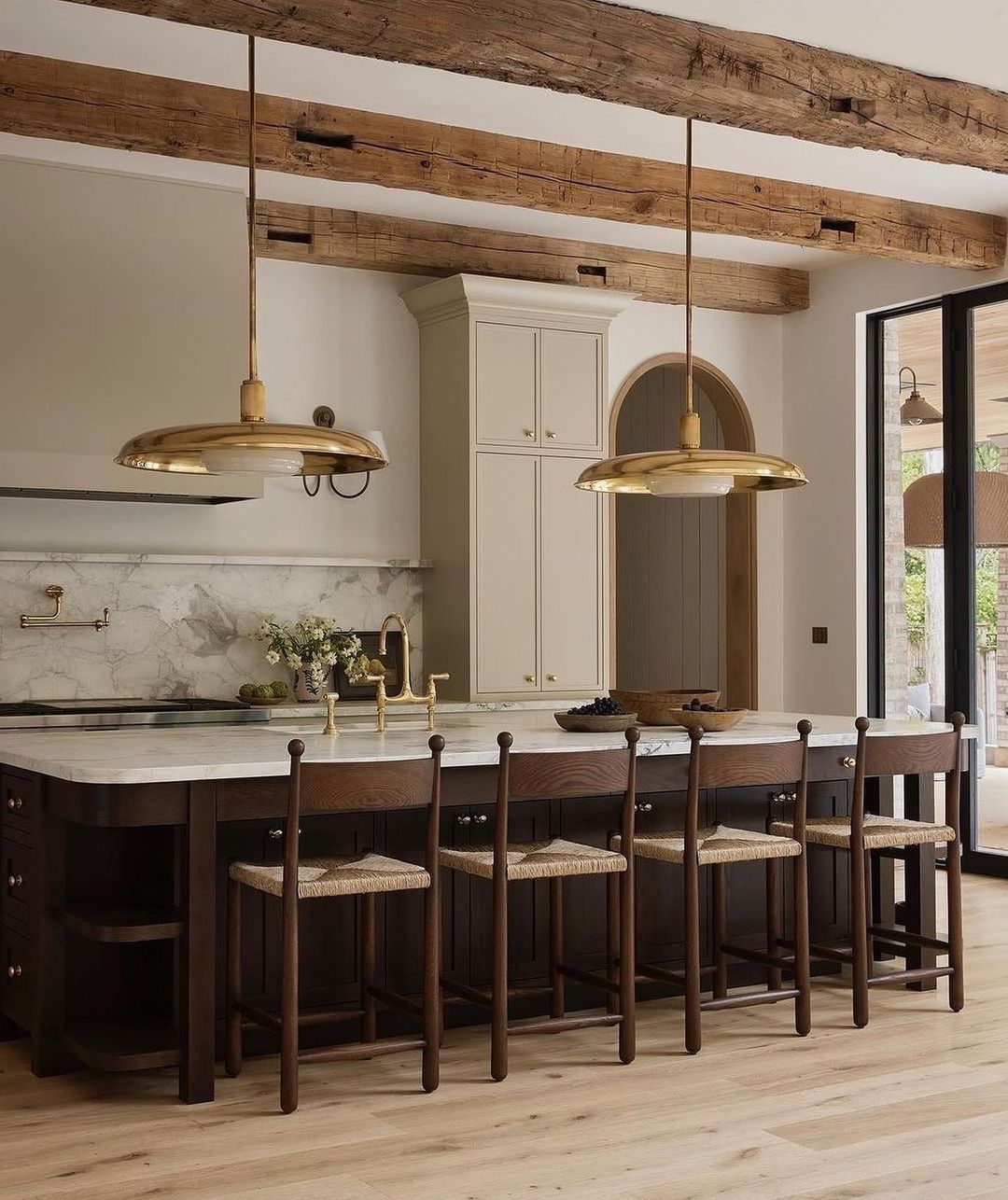 Image by studiodearborn
Image by studiodearborn
47. Create Zones in Open Spaces
“Use furniture to define zones in an open-plan room for a more organized layout.” — Nate Berkus
- Tip: Zoning an open space can make it feel more functional and intimate. Use rugs, lighting, or furniture arrangements to designate areas for lounging, dining, or working.
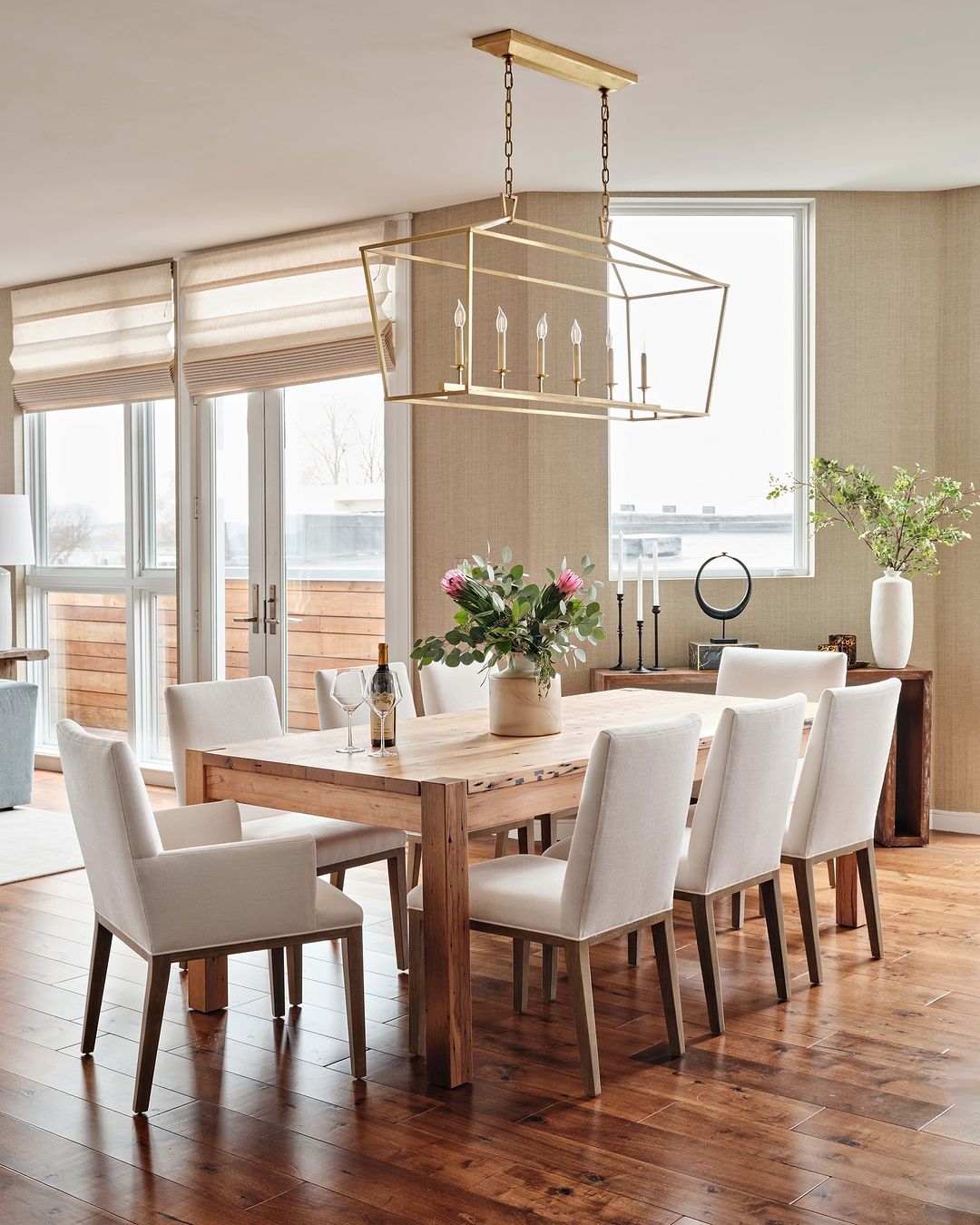 Image by robingannoninteriors
Image by robingannoninteriors
48. Add Statement Lighting
“Statement lighting is the jewelry of the home. It can transform any space.” — Jonathan Adler
- Tip: Don’t shy away from bold lighting fixtures. A chandelier, sculptural floor lamp, or oversized pendant light can become the focal point of a room, adding drama and interest.
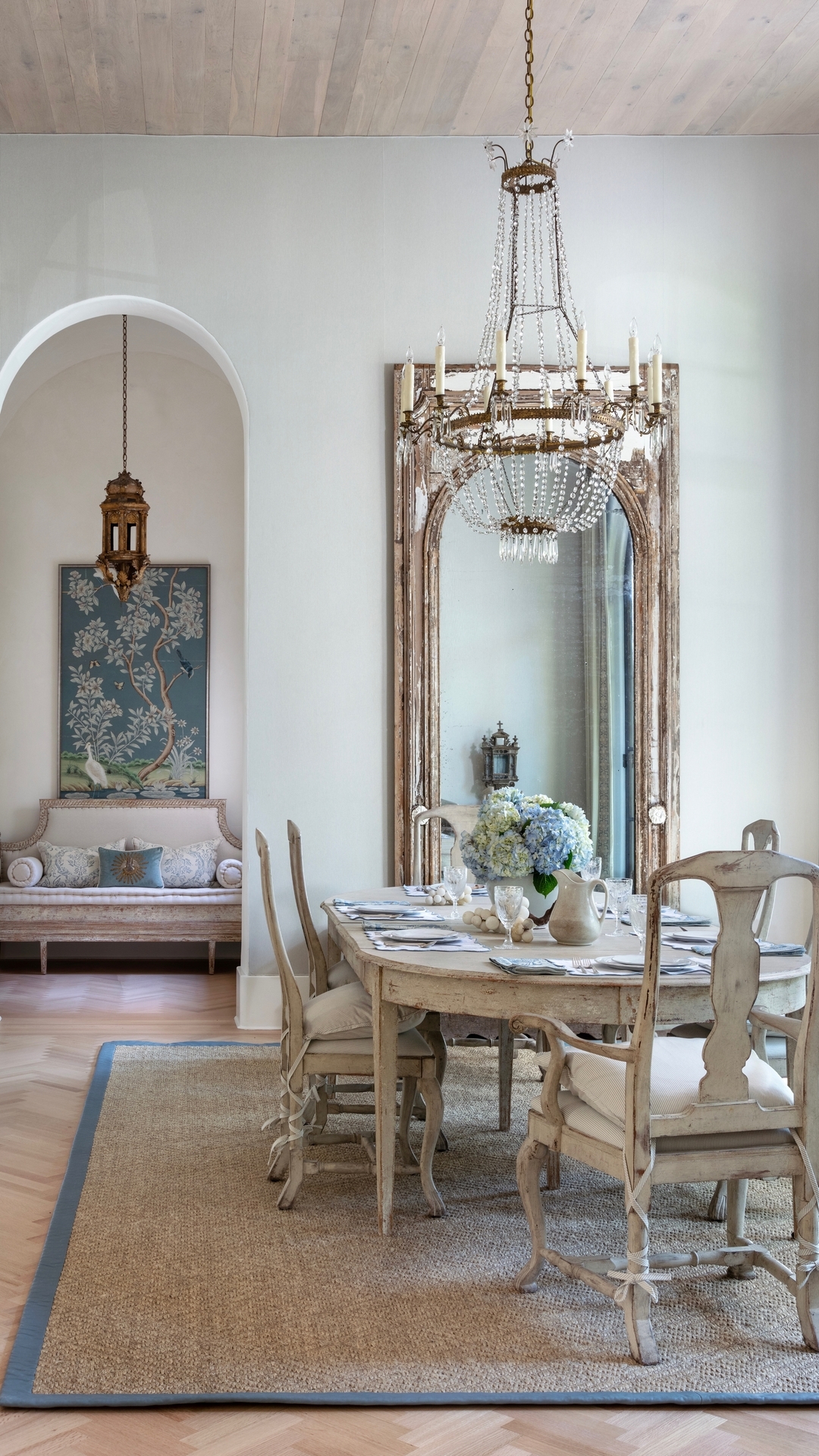 Image by kristinmullendesigns
Image by kristinmullendesigns
49. Keep It Simple
“Sometimes, less is more. Don’t overdo it with decor.” — Kelly Wearstler
- Tip: A minimalist approach can often be more impactful. Focus on a few standout pieces and give them room to shine. Too many decor items can clutter the space and overwhelm the senses.
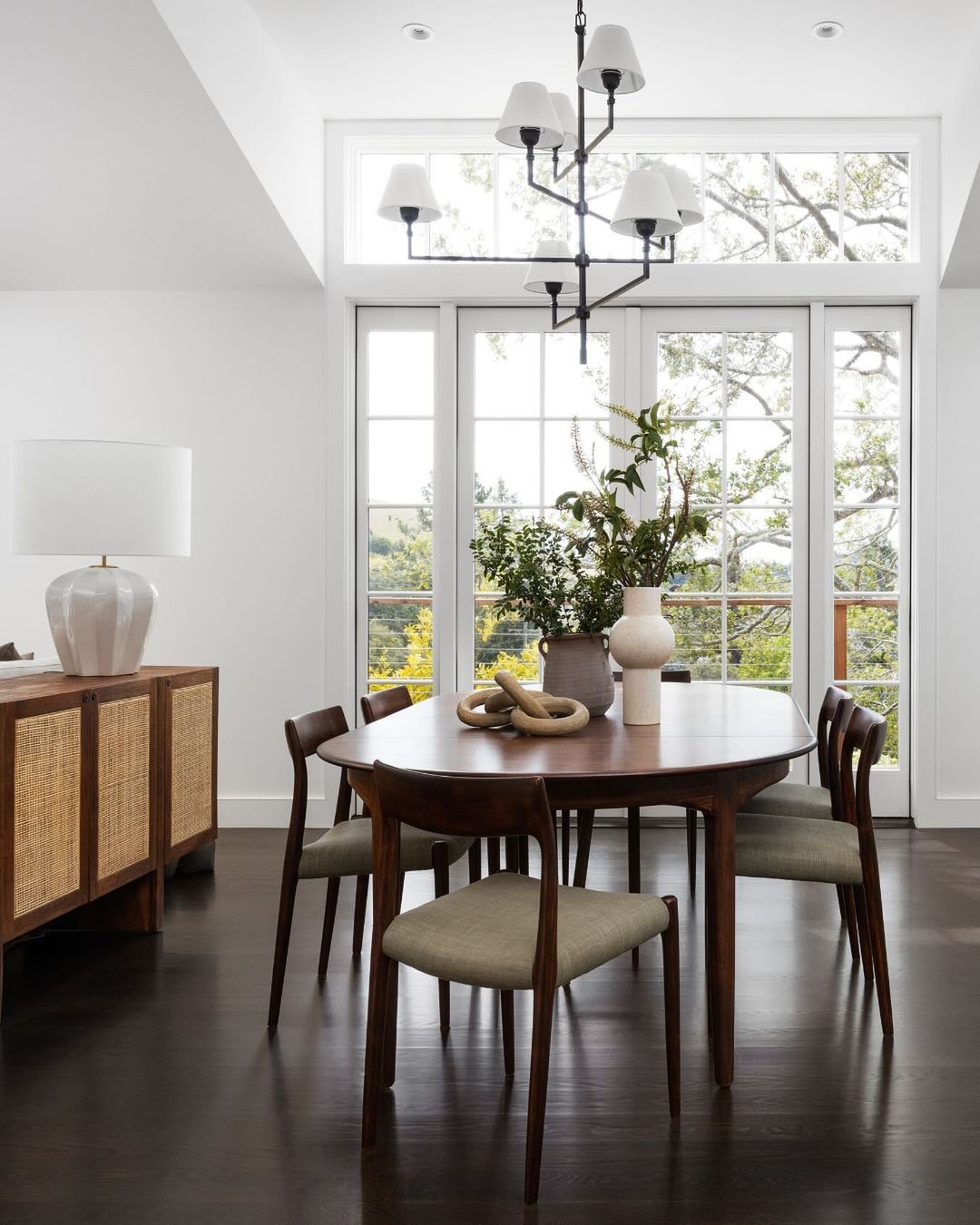
Image by _jaclynchristensendesign_
50. Don’t Be Afraid to Edit
“Constantly evaluate your space and remove what isn’t working.” — Amber Lewis
- Tip: Not every piece in your home needs to stay forever. Be willing to part with items that no longer serve your style or function. Constantly refining your space will make it feel more ‘you.’
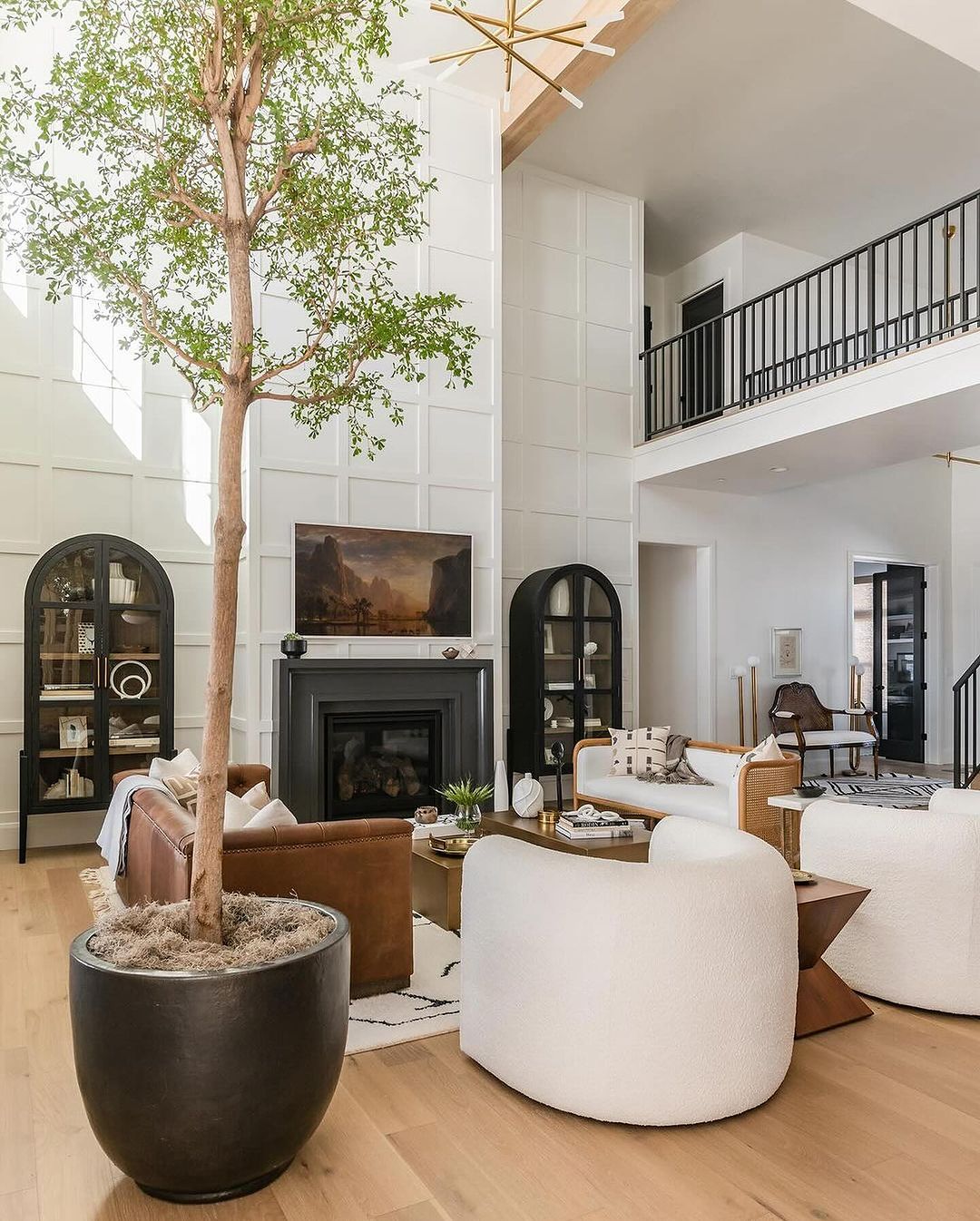 Image by mmlighting
Image by mmlighting
51. Have Fun with Design
“Design should be fun, not stressful. Let your personality shine through.” — Justina Blakeney
- Tip: Don’t take design too seriously. Experiment, take risks, and most importantly, let your personality shine through your choices. After all, it’s your home—have fun with it!
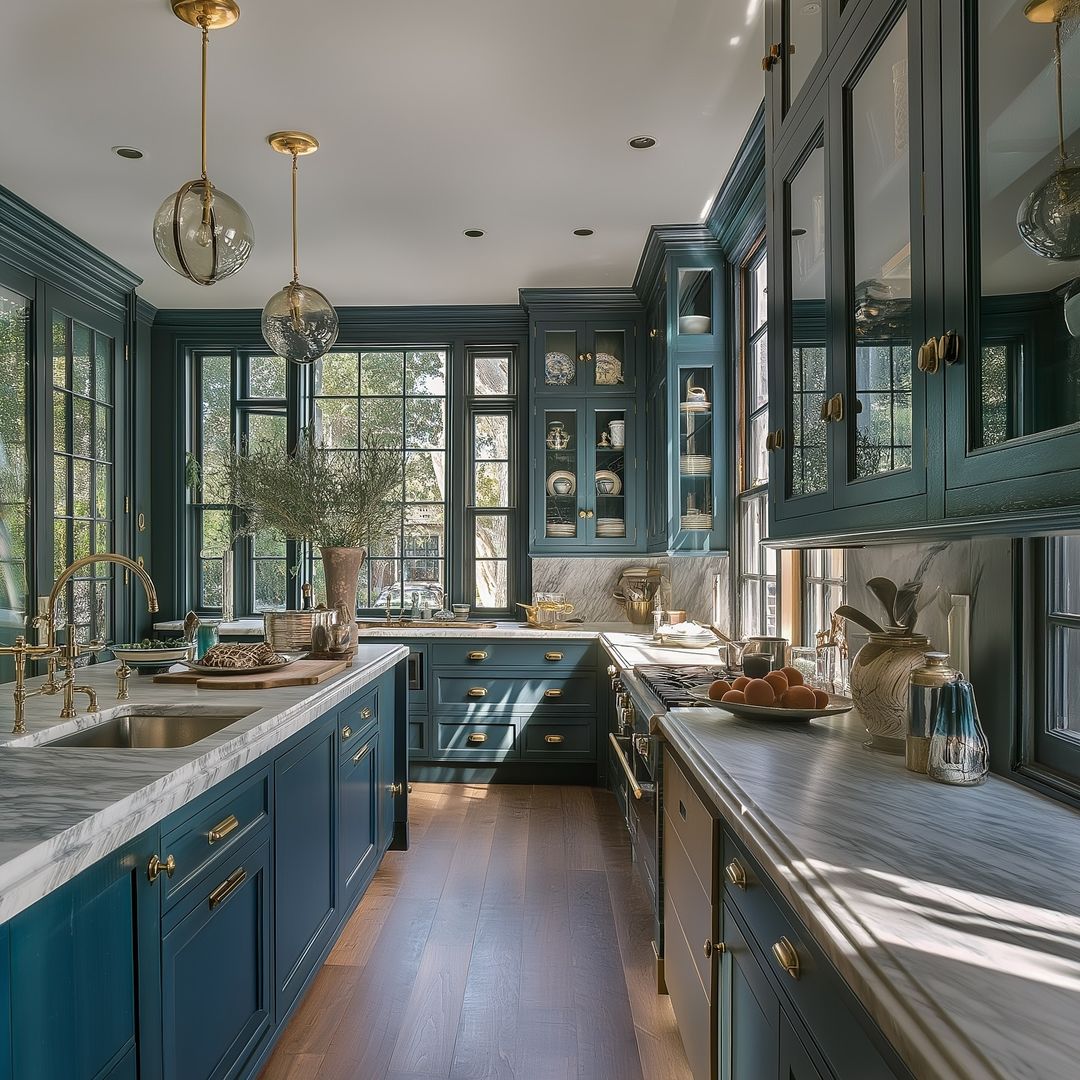 Image by studiodearborn
Image by studiodearborn
This combination of practical tips and expert insights will help design enthusiasts create spaces that are not only stylish but also deeply personal and functional.
